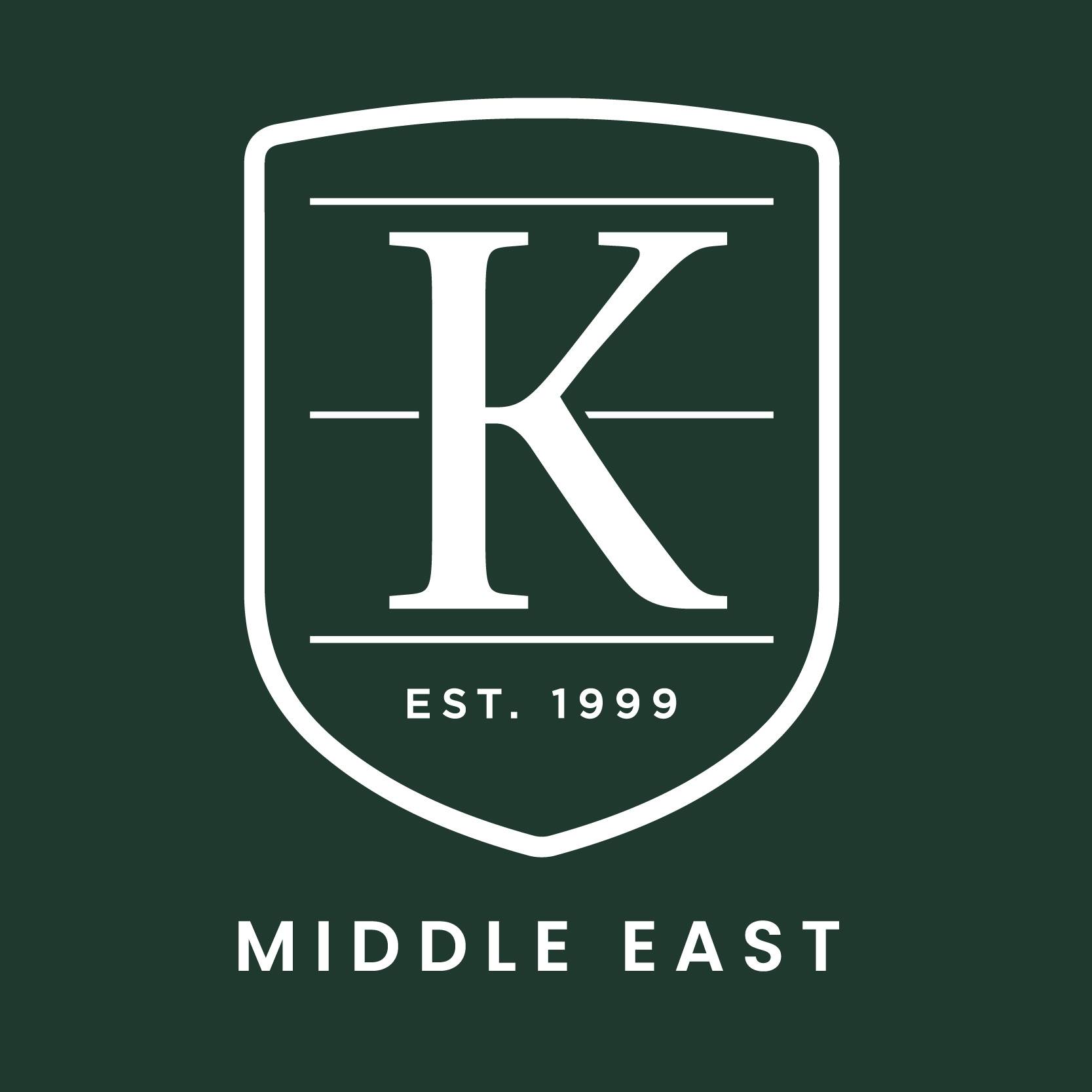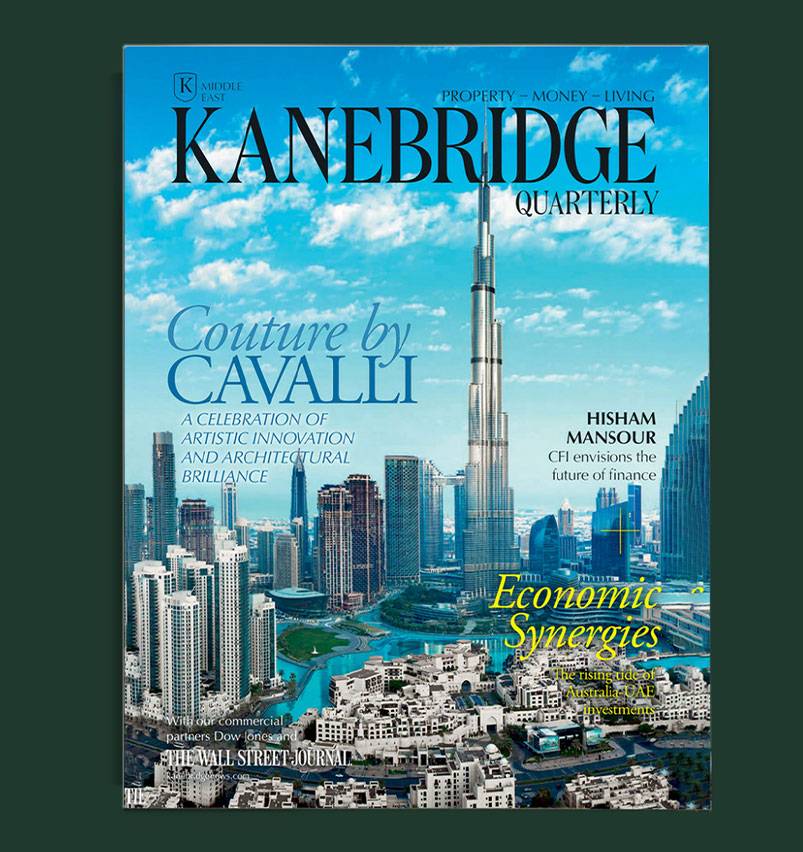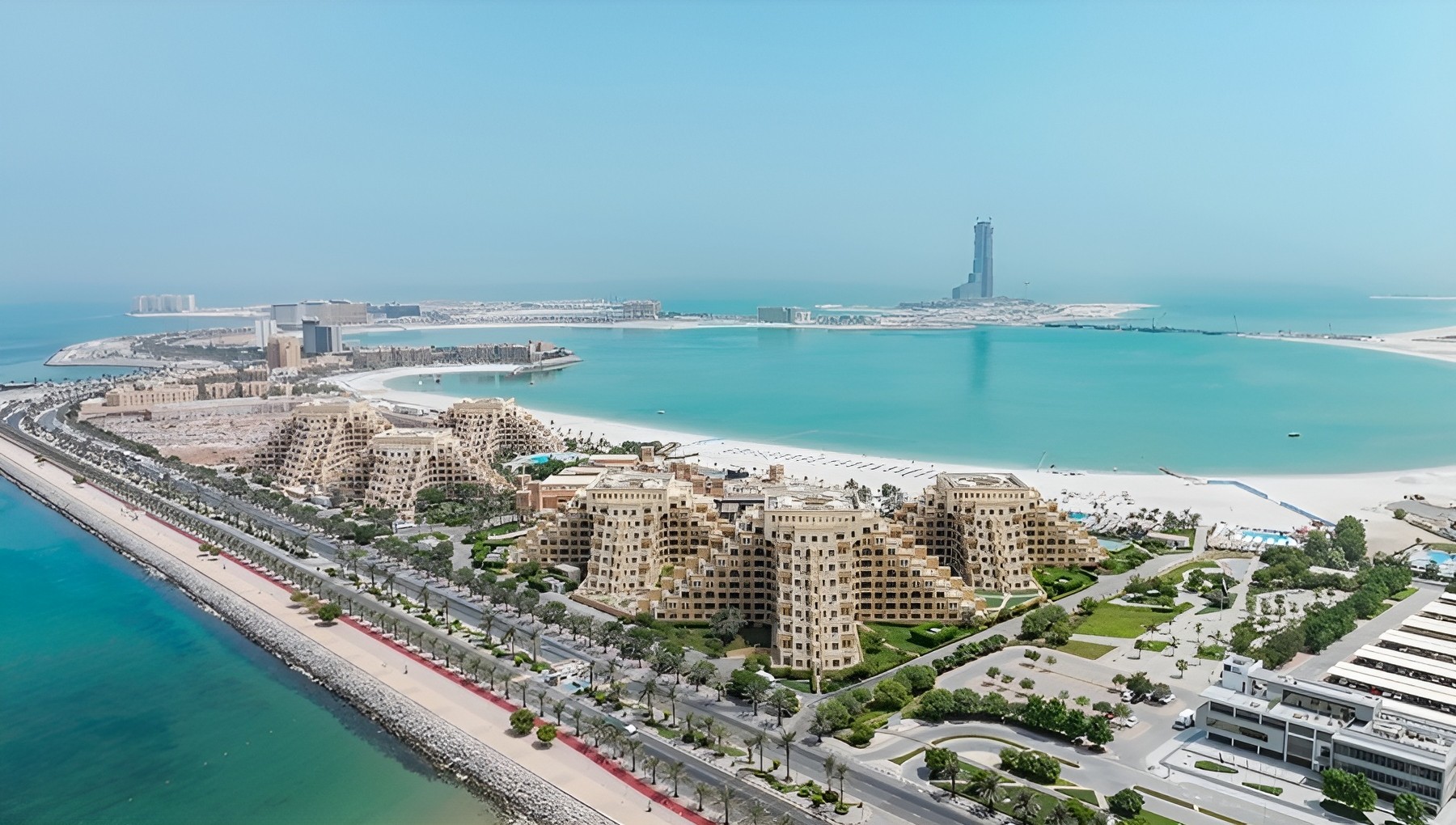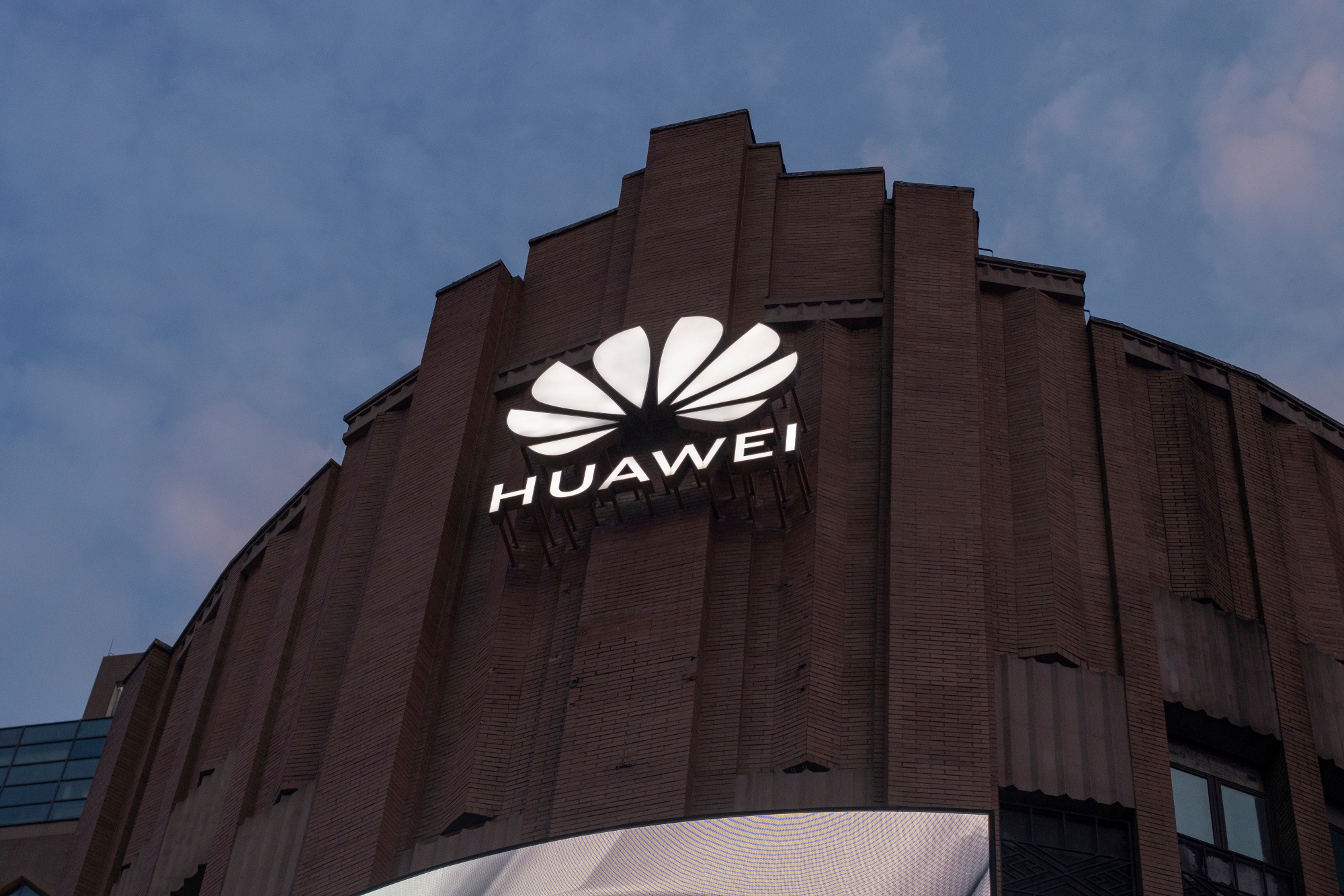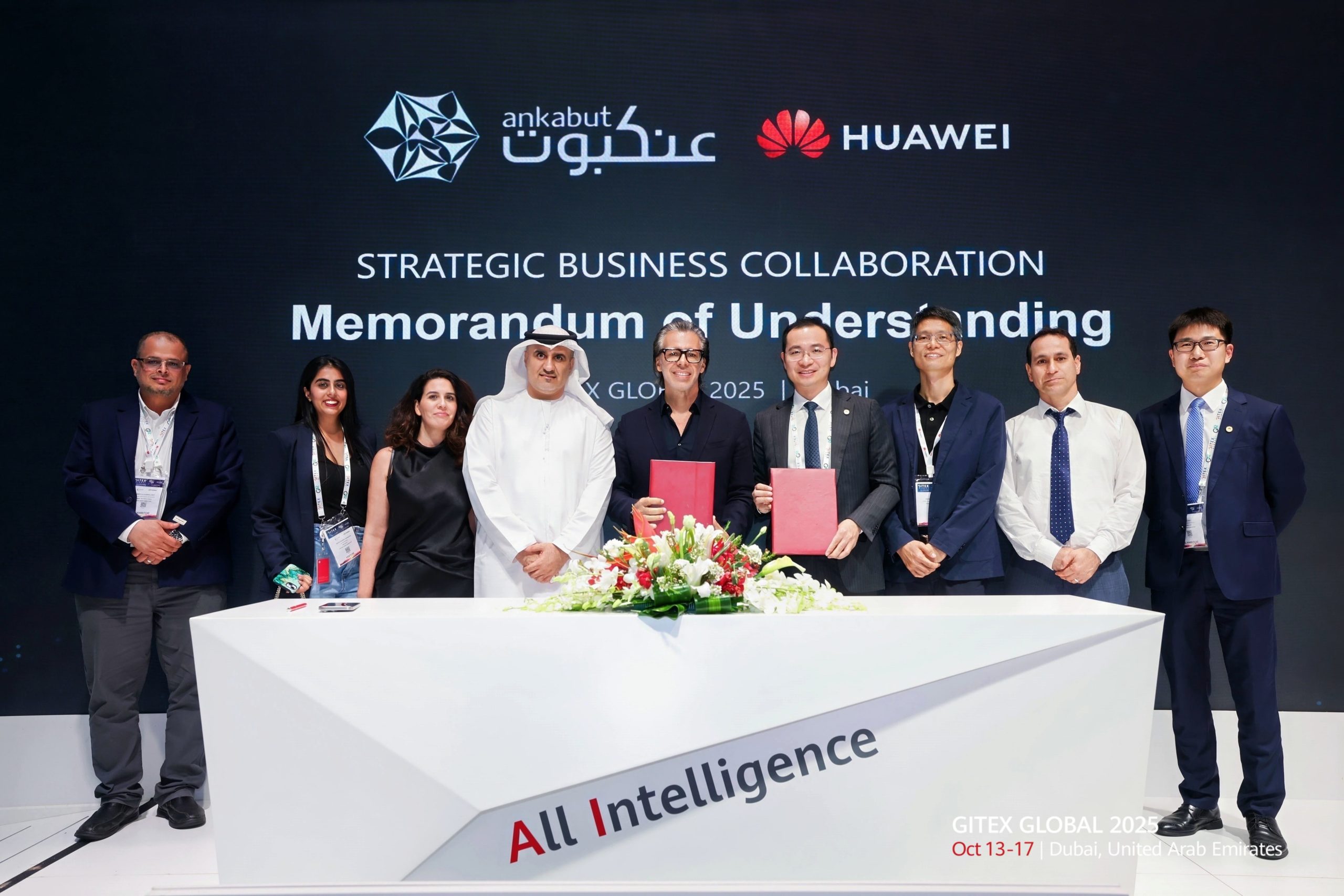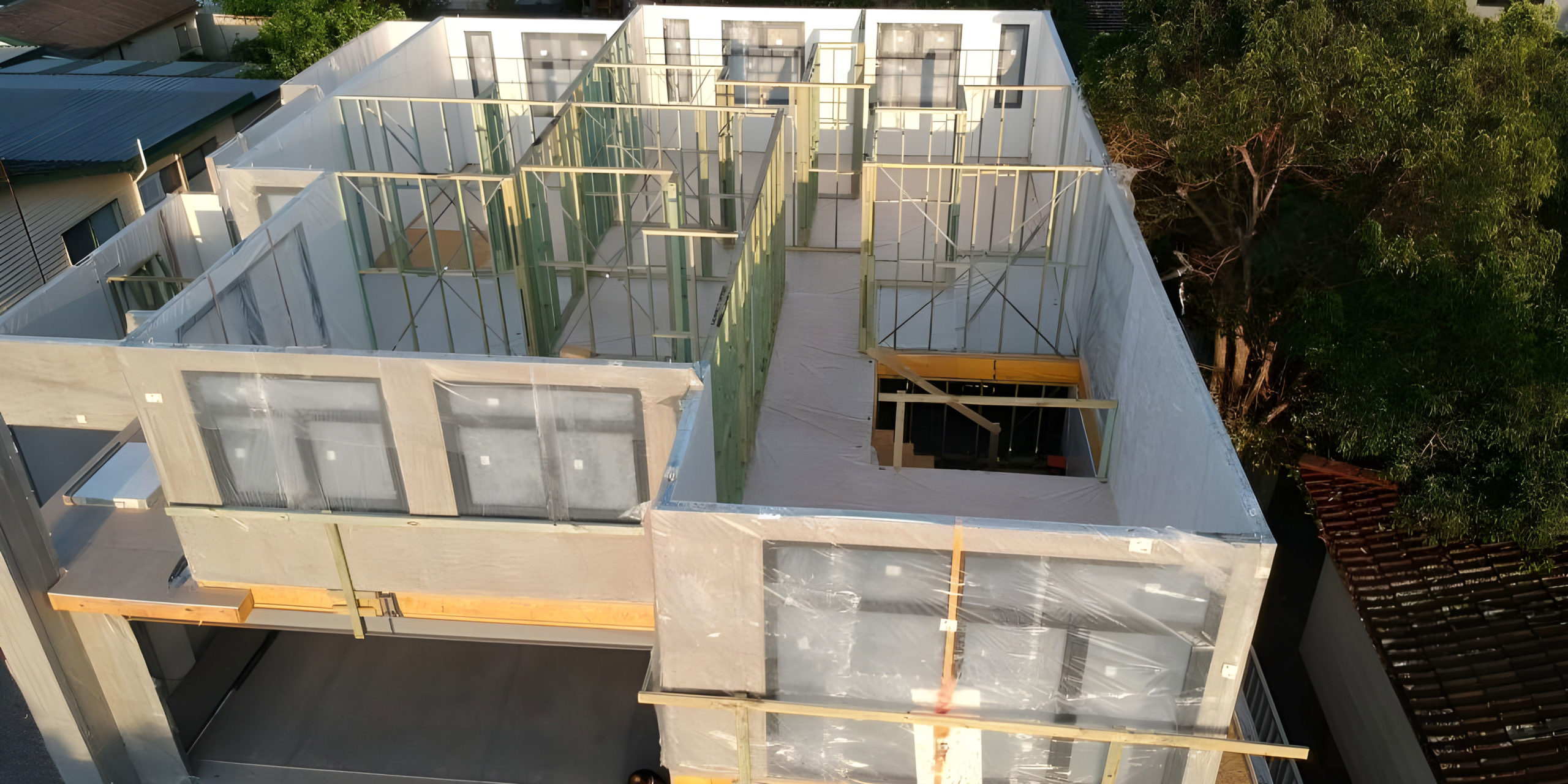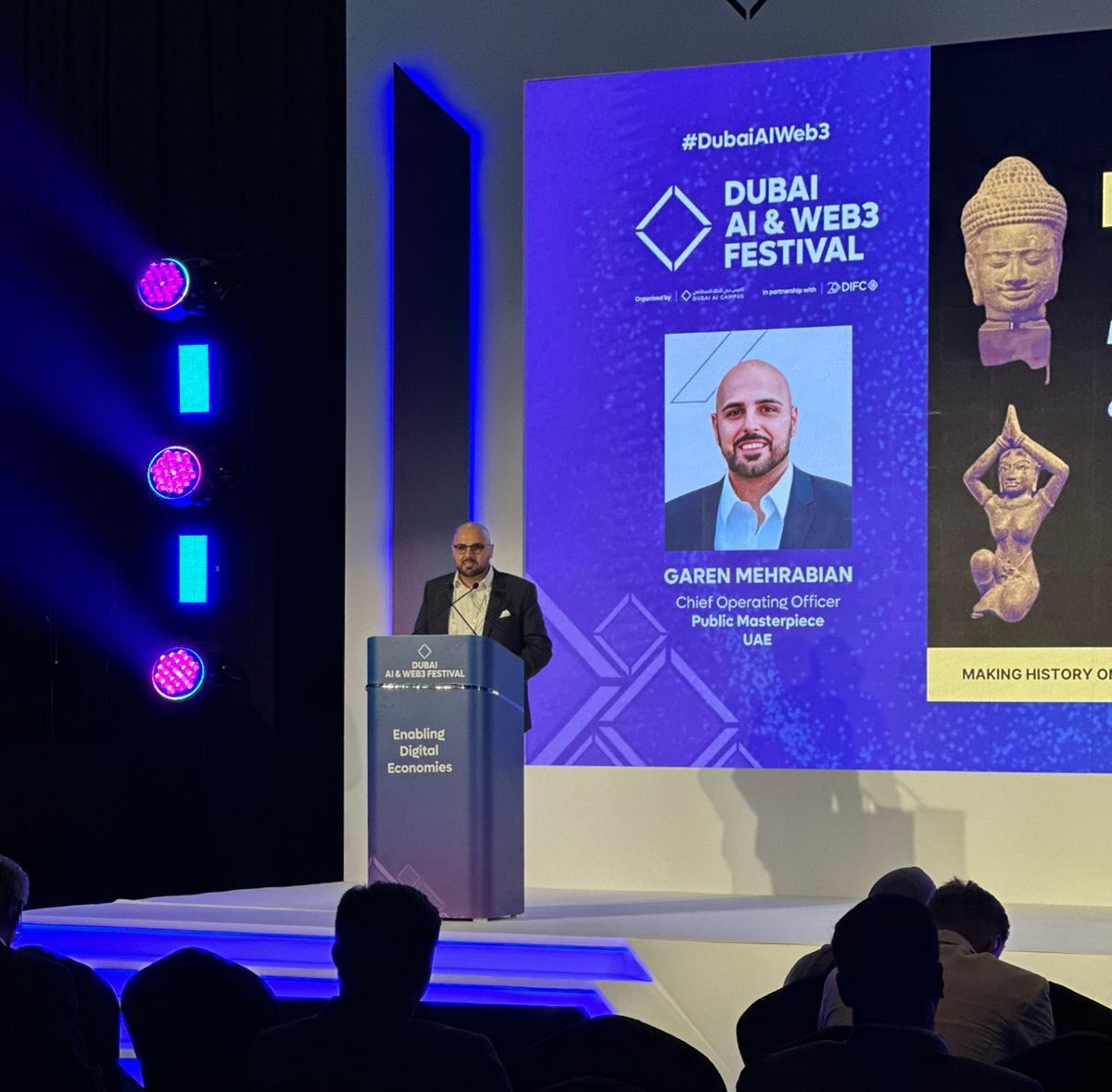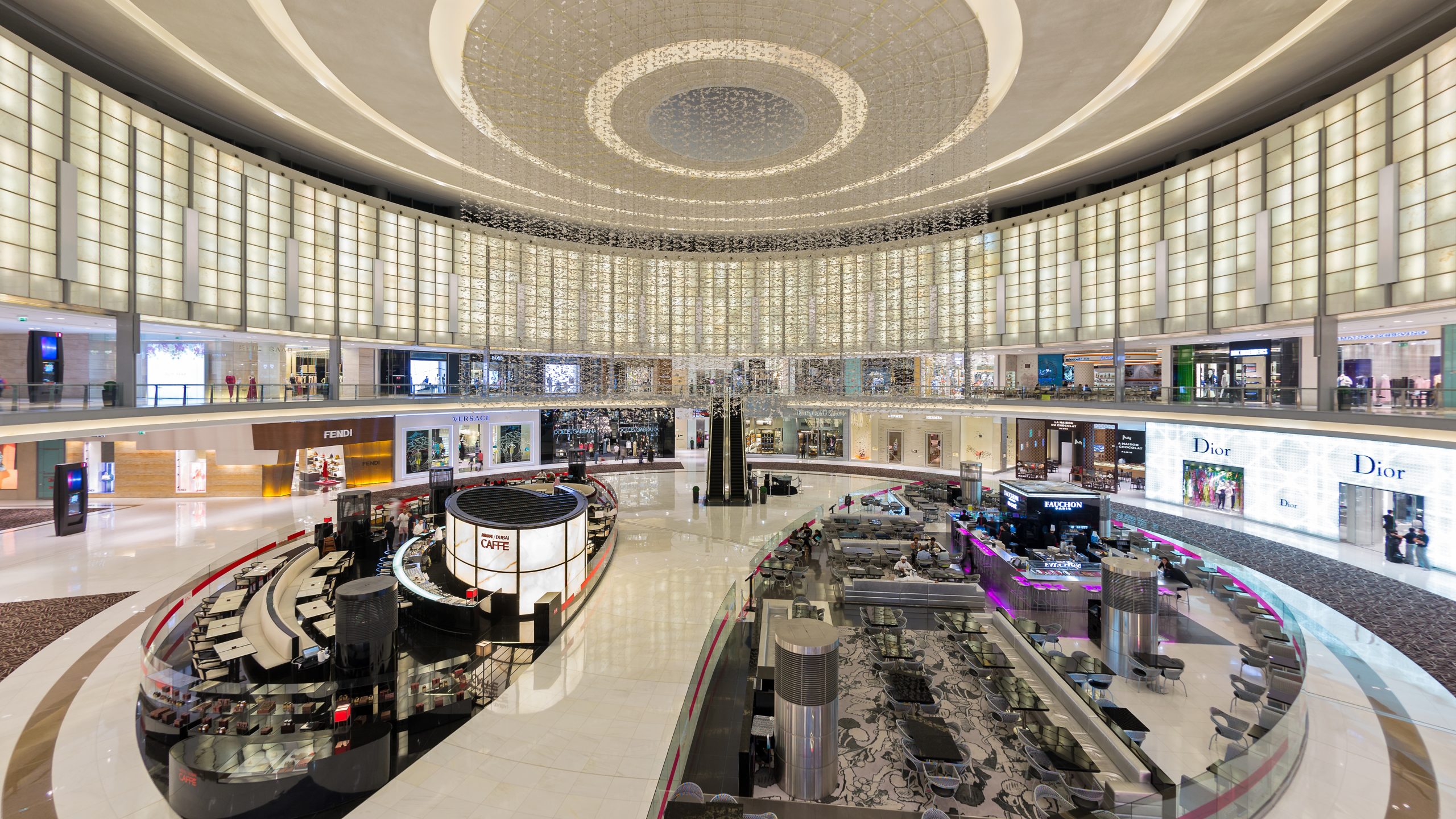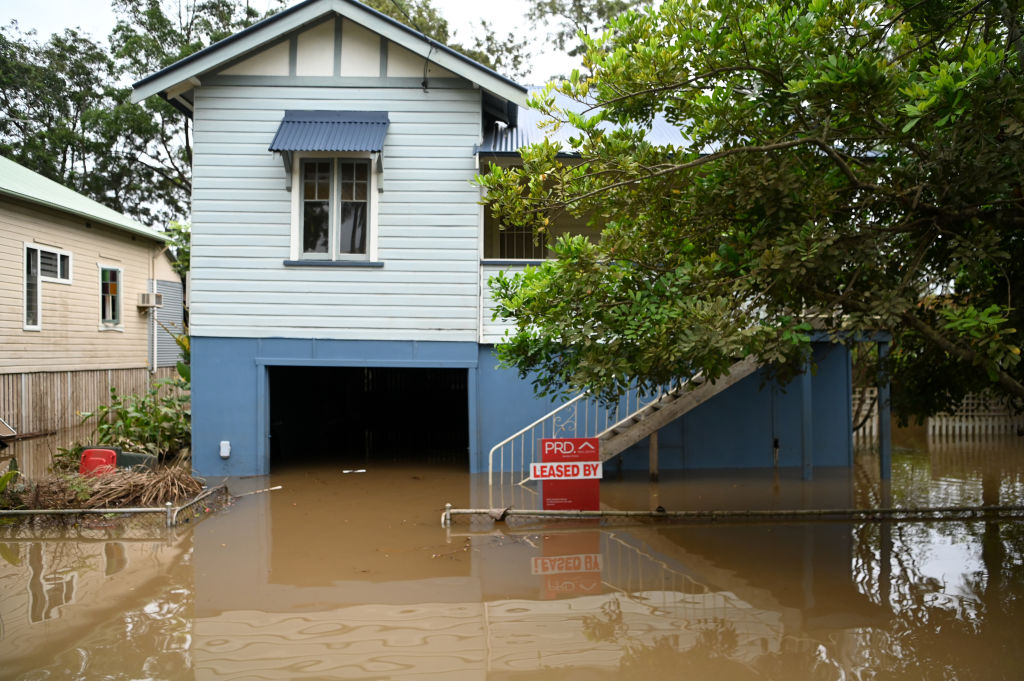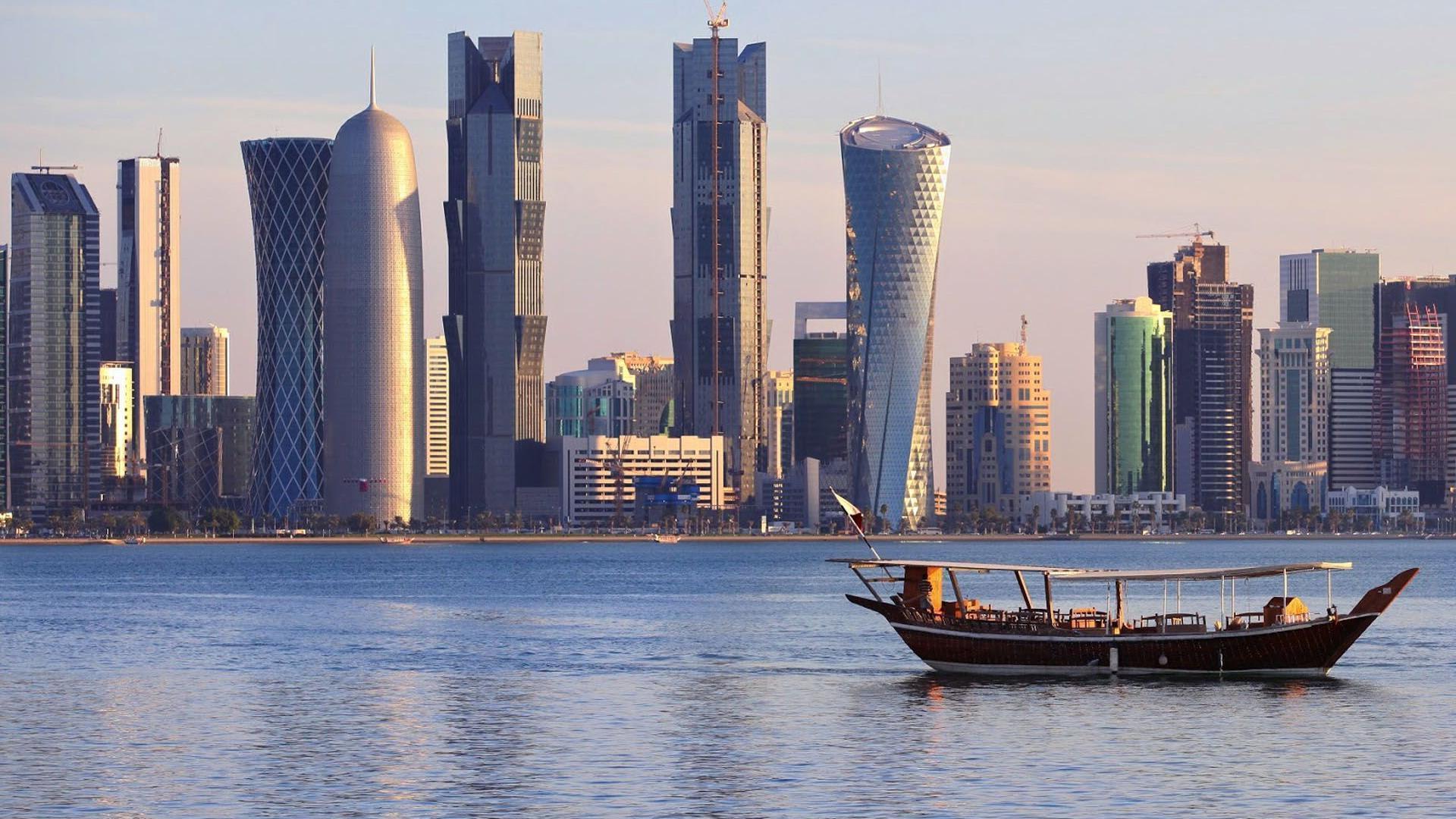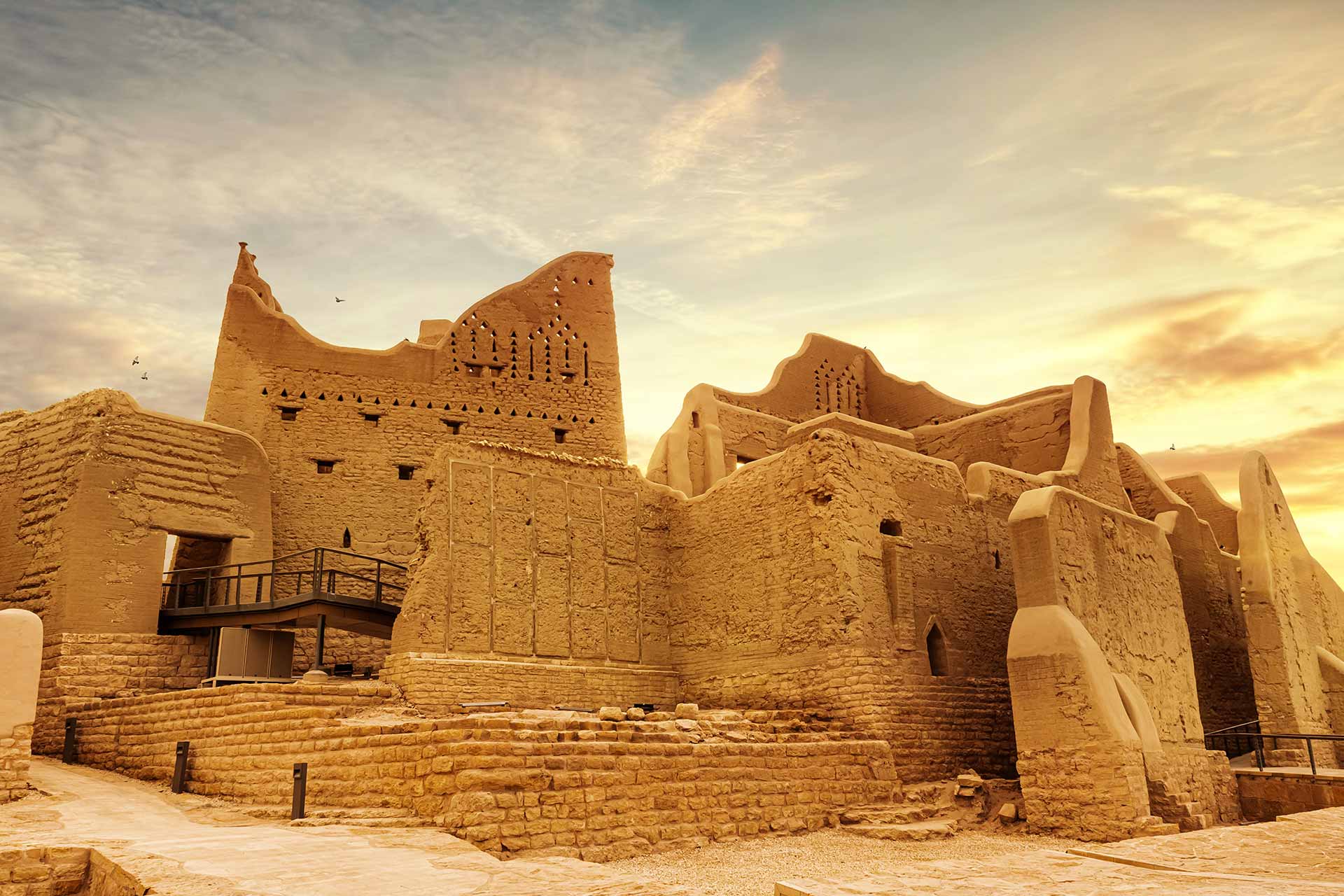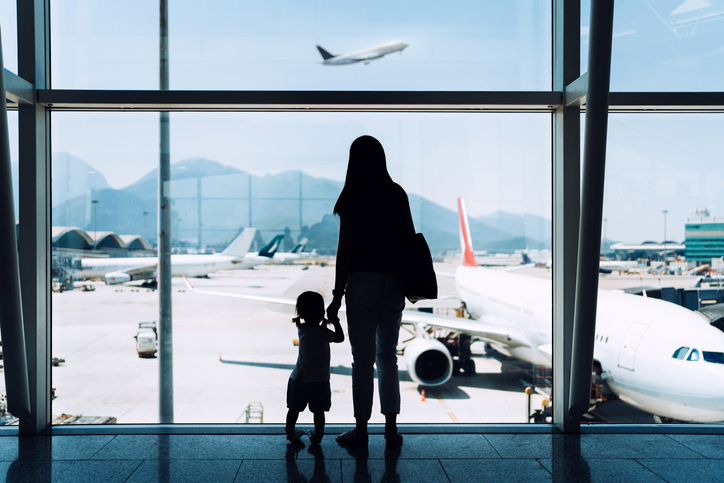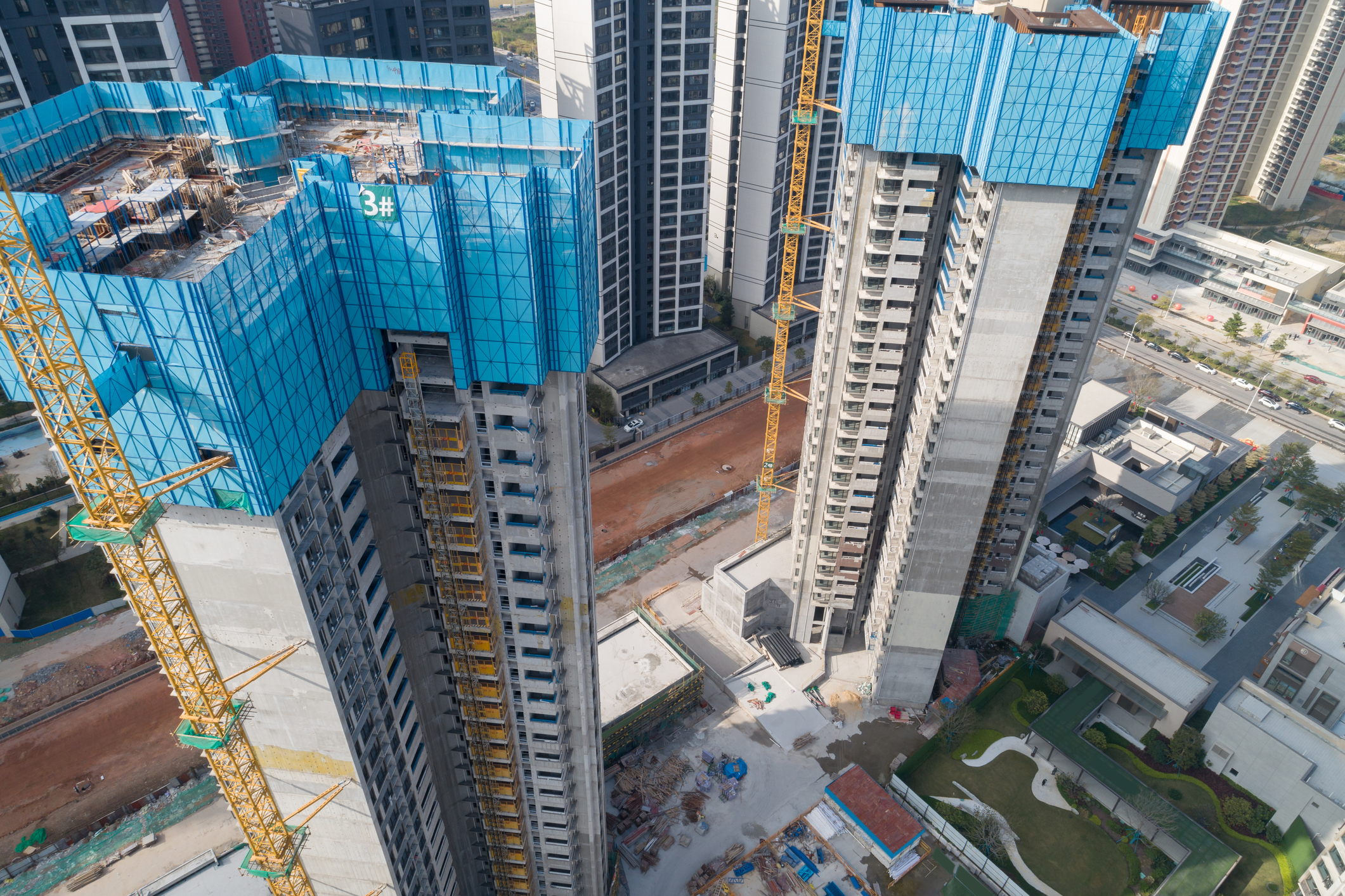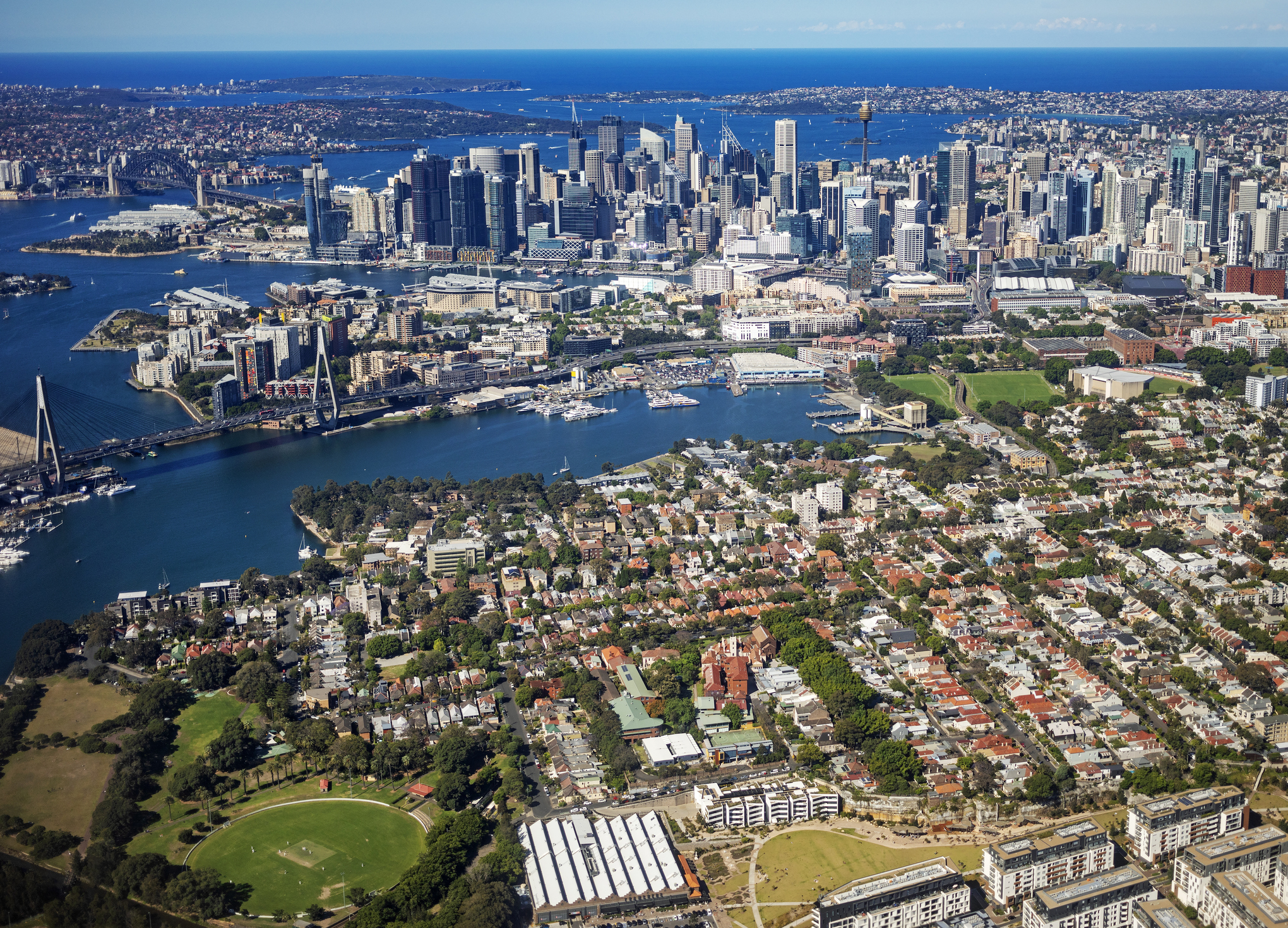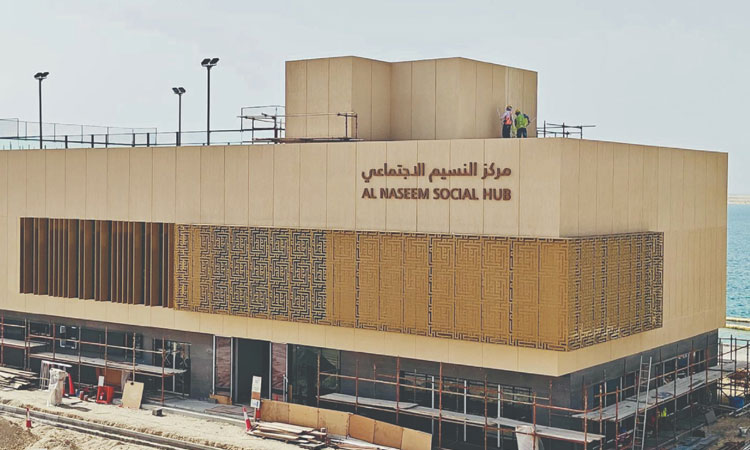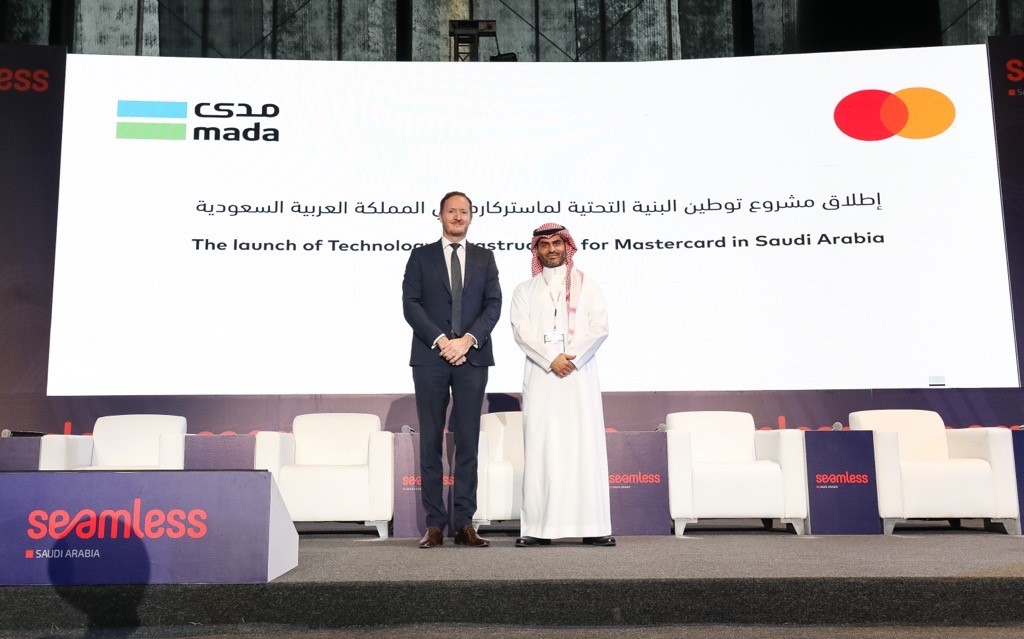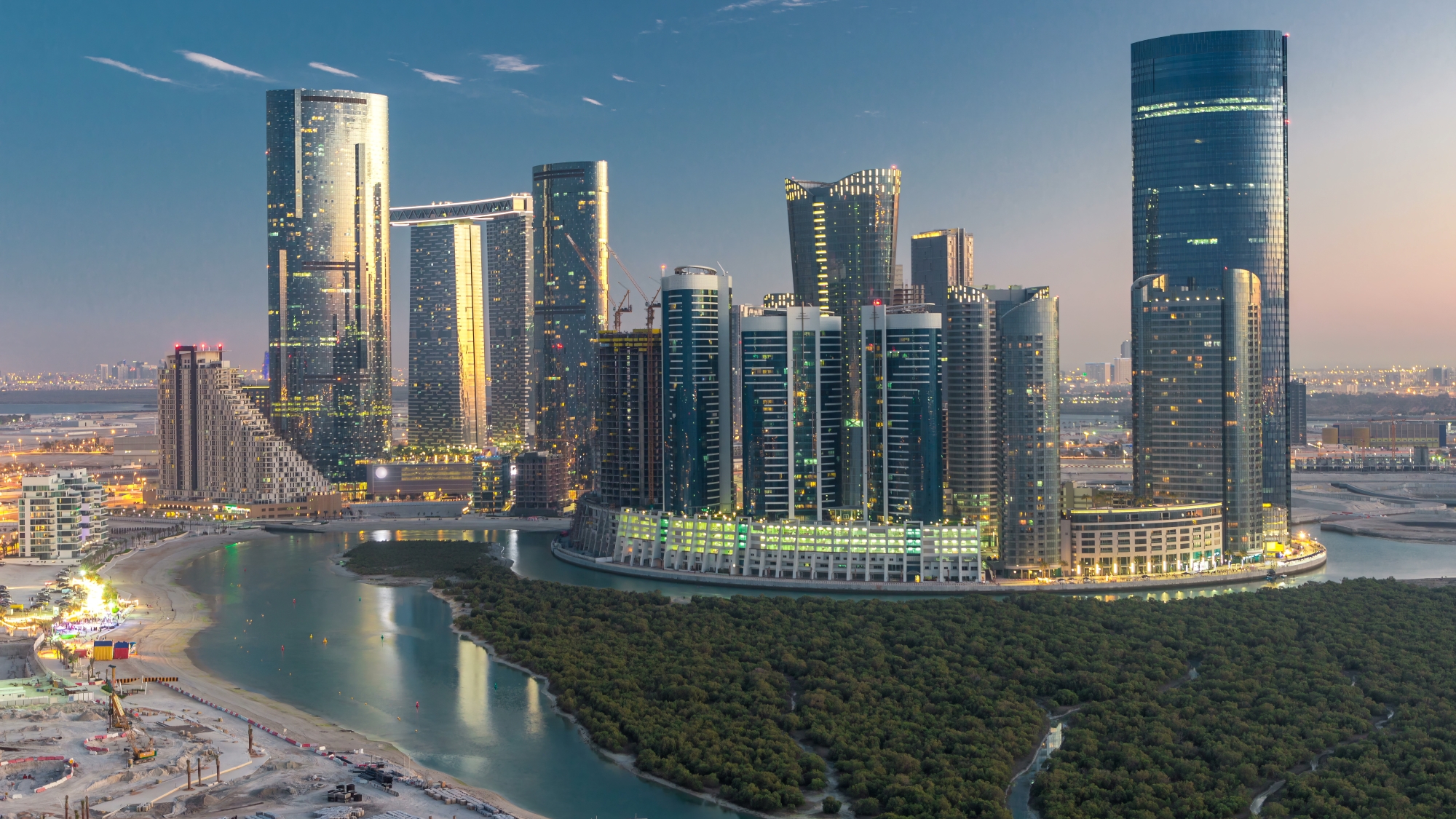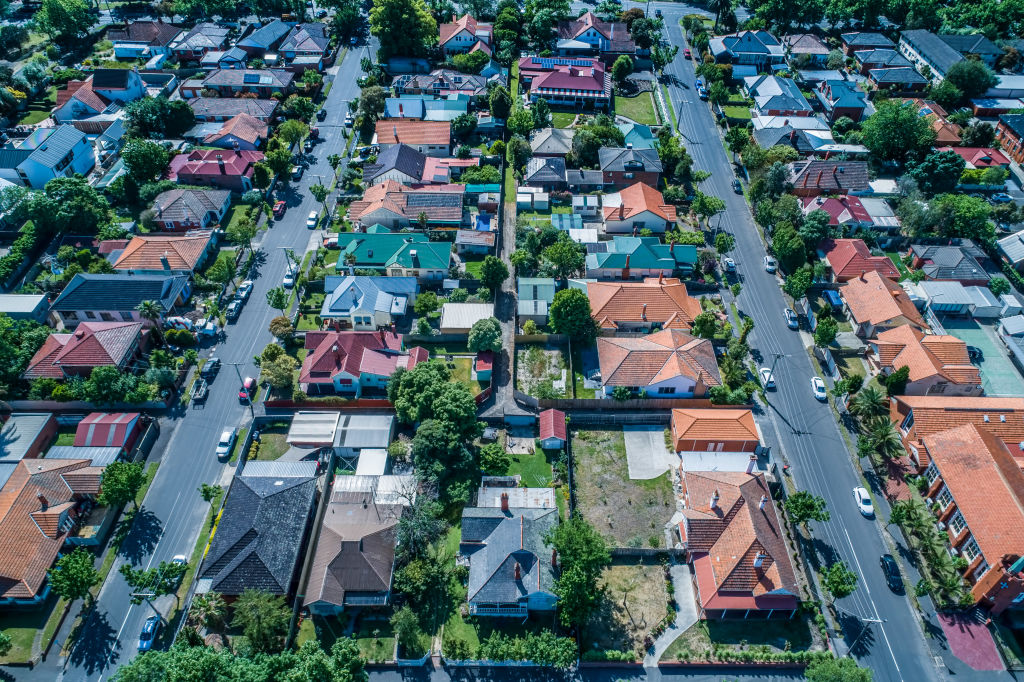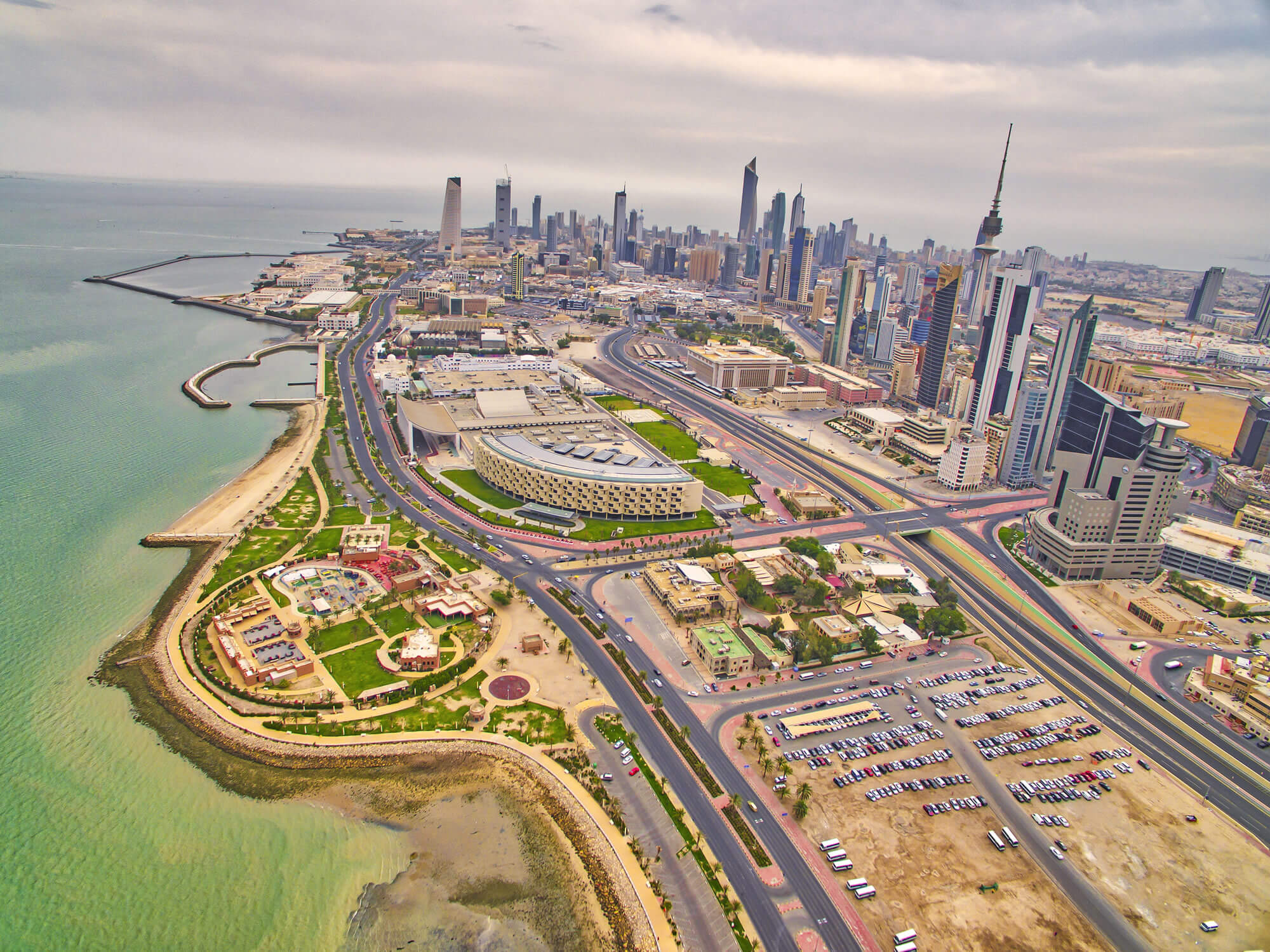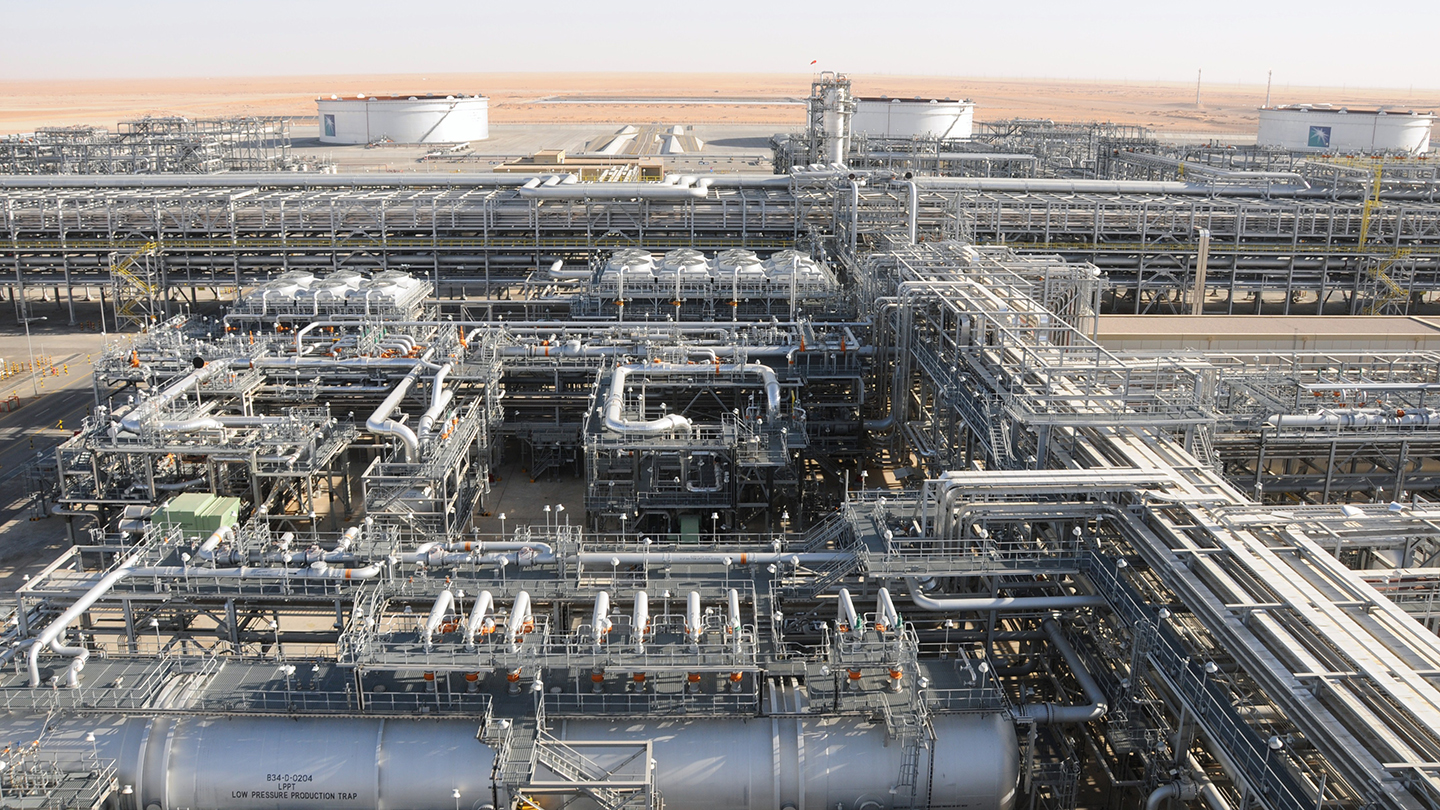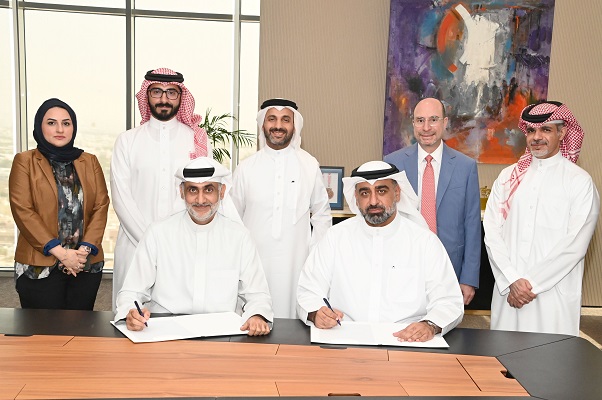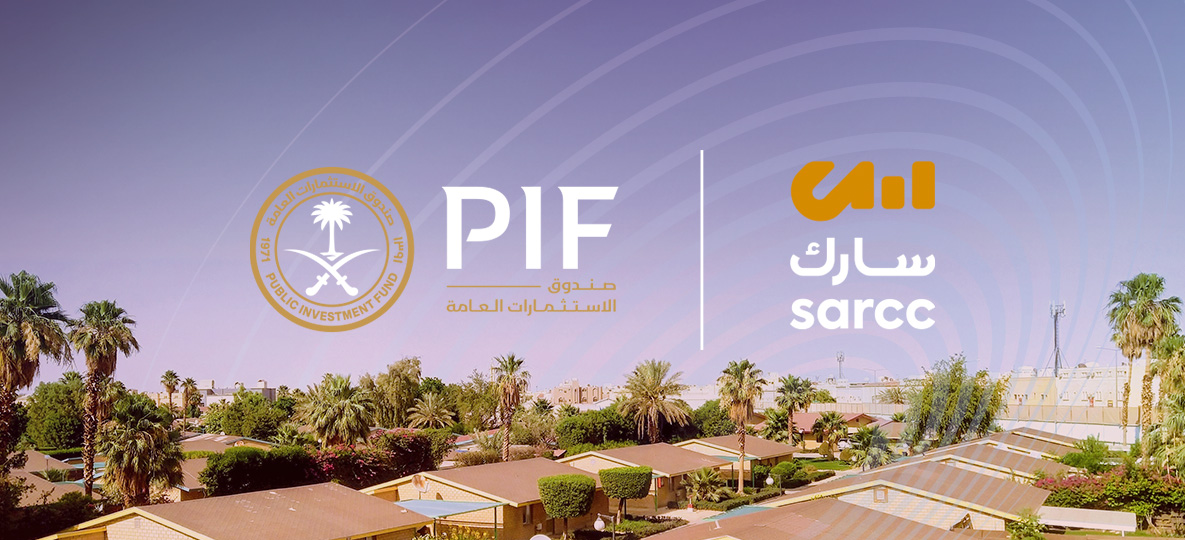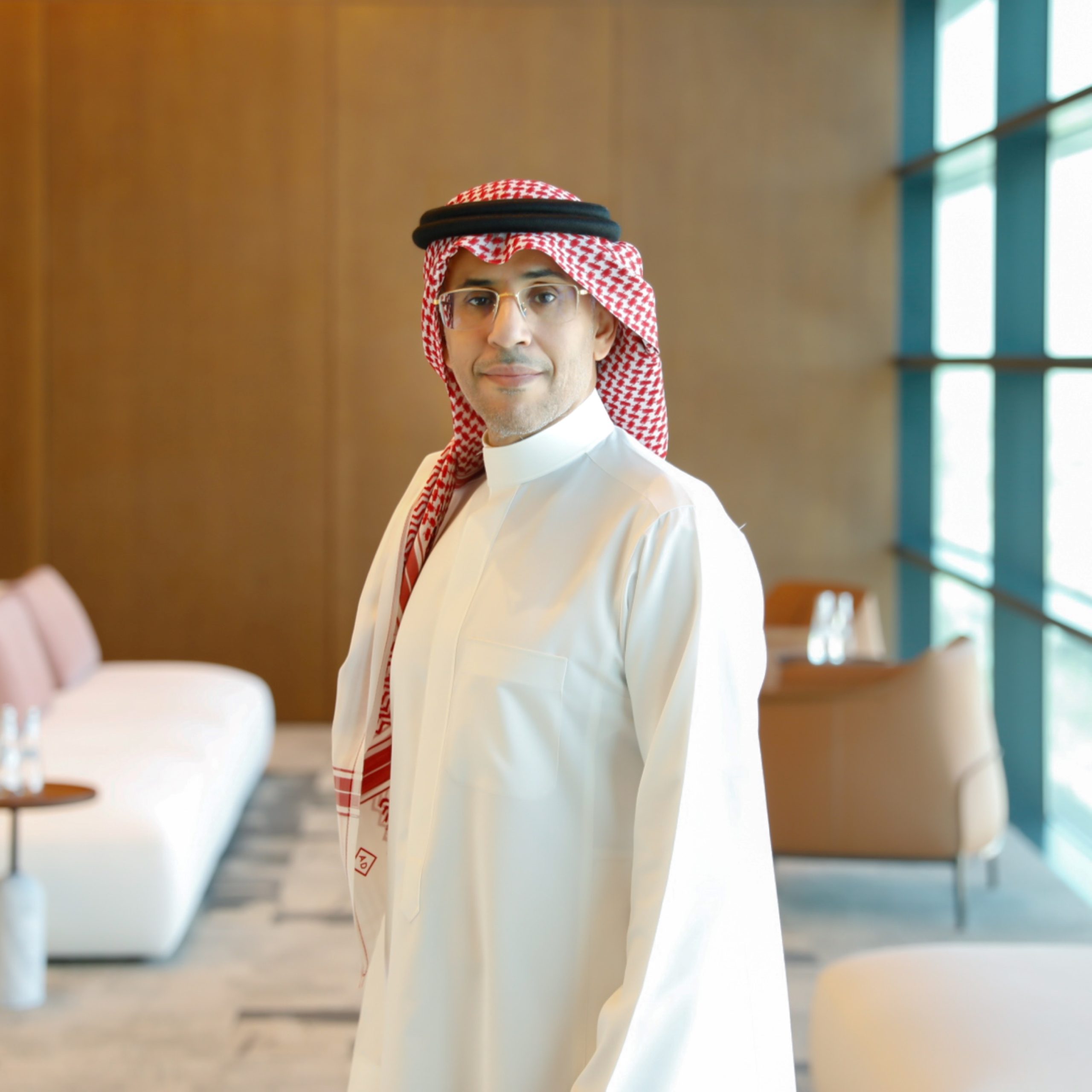China’s 40-Year Boom Is Over. What Comes Next?
The economic model that took the country from poverty to great-power status seems broken, and everywhere are signs of distress
For decades, China powered its economy by investing in factories, skyscrapers and roads. The model sparked an extraordinary period of growth that lifted China out of poverty and turned it into a global giant whose export prowess washed across the globe.
Now the model is broken.
What worked when China was playing catch-up makes less sense now that the country is drowning in debt and running out of things to build. Parts of China are saddled with under-used bridges and airports. Millions of apartments are unoccupied. Returns on investment have sharply declined.
Signs of trouble extend beyond China’s dismal economic data to distant provinces, including Yunnan in the southwest, which recently said it would spend millions of dollars to build a new Covid-19 quarantine facility, nearly the size of three football fields, despite China having ended its “zero-Covid” policy months ago, and long after the world moved on from the pandemic.
Other localities are doing the same. With private investment weak and exports flagging, officials say they have little choice but to keep borrowing and building to stimulate their economies.
Economists now believe China is entering an era of much slower growth, made worse by unfavourable demographics and a widening divide with the U.S. and its allies, which is jeopardising foreign investment and trade. Rather than just a period of economic weakness, this could be the dimming of a long era.
“We’re witnessing a gearshift in what has been the most dramatic trajectory in economic history,” said Adam Tooze, a Columbia University history professor who specialises in economic crises.
What will the future look like? The International Monetary Fund puts China’s GDP growth at below 4% in the coming years, less than half of its tally for most of the past four decades. Capital Economics, a London-based research firm, figures China’s trend growth has slowed to 3% from 5% in 2019, and will fall to around 2% in 2030.

At those rates, China would fail to meet the objective set by President Xi Jinping in 2020 of doubling the economy’s size by 2035. That would make it harder for China to graduate from the ranks of middle-income emerging markets and could mean that China never overtakes the U.S. as the world’s largest economy, its longstanding ambition.
Many previous predictions of China’s economic undoing have missed the mark. China’s burgeoning electric-vehicle and renewable energy industries are reminders of its capacity to dominate markets. Tensions with the U.S. could galvanise China to accelerate innovations in technologies such as artificial intelligence and semiconductors, unlocking new avenues of growth. And Beijing still has levers to pull to stimulate growth if it chooses, such as by expanding fiscal spending.
Even so, economists widely believe that China has entered a more challenging period, in which previous methods of boosting growth yield diminishing returns.
Some of these strains were apparent before the pandemic. Beijing was able to keep growth ticking over by borrowing more and relying on a booming housing market, which in some years accounted for more than 25% of China’s gross domestic product.
The country’s initial success in containing Covid-19, and a surge in pandemic spending by U.S. consumers, further masked China’s economic troubles. The housing bubble has since popped, Western demand for Chinese products has ebbed and borrowing has reached unsustainable levels.
The outlook has darkened considerably in recent months. Manufacturing activity has contracted, exports have declined, and youth unemployment has reached record highs. One of the country’s largest surviving property developers, Country Garden Holdings, is on the cusp of a possible default as the overall economy slips into deflation.
Japan-like slowdown?
Without more aggressive stimulus from Beijing, and meaningful efforts to revive private sector risk-taking, some economists believe China’s slowdown could snowball into prolonged stagnation akin to what Japan has experienced since the 1990s, when the bursting of its real-estate bubble led to years of deflation and limited growth.
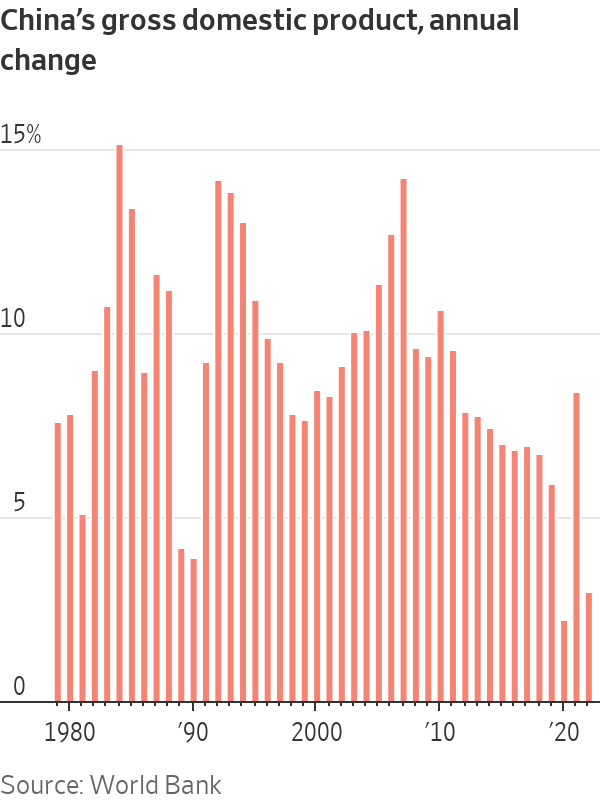
Unlike Japan, however, China would be entering such a period before reaching rich-world status, with per capita incomes far below more advanced economies. China’s national income per person reached about $12,850 last year, below the current threshold of $13,845 that the World Bank classifies as the minimum for a “high-income” country. Japan’s per capita national income in 2022 was about $42,440, and the U.S.’s was about $76,400.
A weaker Chinese economy could also undermine popular support for Xi, the most powerful Chinese leader in recent decades, though there is no current indication of organized opposition. Some U.S. analysts worry Beijing could respond to slower growth by becoming more repressive at home and more aggressive abroad, raising the risks of conflict, including potentially over the self-governing island of Taiwan.
At an Aug. 10 political fundraiser, President Biden called China’s economic problems a “ticking time bomb” which could spur its leaders to “do bad things.”
Beijing fired back with a commentary by its official Xinhua News Agency, saying Biden “intends to take smearing China as part of his ‘grand strategy’ to shoot America’s economic troubles.” The commentary also described China’s economic recovery this year as robust, despite some challenges.
Chinese officials have taken some modest steps to revive growth, including cutting interest rates, and have pledged to do more if conditions worsen. The State Council Information Office, which handles media inquiries for China’s leadership, didn’t respond to questions.
“Certain Western politicians and media have exaggerated and hyped up the current difficulties in China’s post-Covid economic recovery,” a Foreign Ministry spokesman said on Aug. 16. “Facts will prove them wrong.”
‘Chinese Century’
The transition marks a stunning change. China consistently defied economic cycles in the four decades since Deng Xiaoping started an era of “reform and opening” in 1978, embracing market forces and opening China to the West, in particular through international trade and investment.
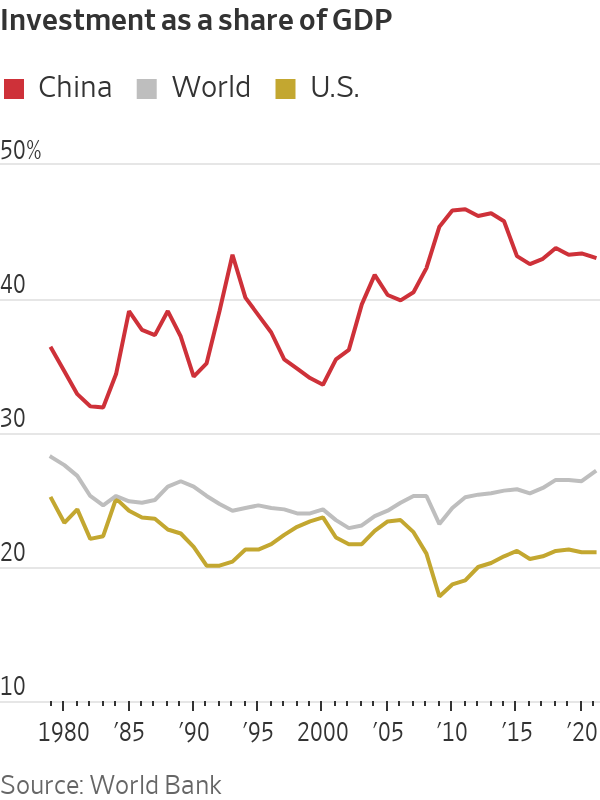
During that period, China increased per capita income 25-fold and lifted more than 800 million Chinese people out of poverty, according to the World Bank—more than 70% of the total poverty reduction in the world. China evolved from a nation racked by famine into the world’s second-largest economy, and America’s greatest competitor for leadership.
Academics were so enthralled by China’s rise that some referred to a “Chinese Century,” with China dominating the world economy and politics, similar to how the 20th century was known as the “American Century.”
China’s boom was underpinned by unusually high levels of domestic investment in infrastructure and other hard assets, which accounted for about 44% of GDP each year on average between 2008 and 2021. That compared with a global average of 25% and around 20% in the U.S., according to World Bank data.
Such heavy spending was made possible in part by a system of “financial repression” in which state banks set deposit rates low, which meant they could raise funds inexpensively and fund building projects. China added tens of thousands of miles of highways, hundreds of airports, and the world’s largest network of high-speed trains.
Over time, however, evidence of overbuilding became apparent.
About one-fifth of apartments in urban China, or at least 130 million units, were estimated to be unoccupied in 2018, the latest data available, according to a study by China’s Southwestern University of Finance and Economics.
A high-speed rail station in Danzhou, a city in China’s southern province of Hainan, cost $5.5 million to build but was never put into use because passenger demand was so low, according to Chinese media reports. The Hainan government said keeping the station open would incur “massive losses.” Efforts to reach the local government were unsuccessful.
Guizhou, one of the poorest provinces in the country with GDP per capita of less than $7,200 last year, boasts more than 1,700 bridges and 11 airports, more than the total number of airports in China’s top four cities. The province had an estimated $388 billion in outstanding debt at the end of 2022, and in April had to ask for aid from the central government to shore up its finances.
Kenneth Rogoff, a professor of economics at Harvard University, said China’s economic ascent draws parallels to what many other Asian economies went through during their periods of rapid urbanisation, as well as what European countries such as Germany experienced after World War II, when major investments in infrastructure boosted growth.
At the same time, decades of overbuilding in China resembles Japan’s infrastructure construction boom in the late 1980s and 1990s, which led to over investment.
“The leading point is they are running into diminishing returns in building stuff,” he said, “There are limits to how far you can go with it.”
With so many needs met, economists estimate China now has to invest about $9 to produce each dollar of GDP growth, up from less than $5 a decade ago, and a little over $3 in the 1990s.
Returns on assets by private firms have declined to 3.9% from 9.3% five years ago, according to Bert Hofman, head of the National University of Singapore’s East Asian Institute. State companies’ returns have retreated to 2.8% from 4.3%.
China’s labor force, meanwhile, is shrinking, and productivity growth is slowing. From the 1980s to the early 2000s, productivity gains contributed about a third of China’s GDP growth, Hofman’s analysis shows. That ratio has declined to less than one sixth in the past decade.
Deepening debt
The solution for many parts of the country has been to keep borrowing and building. Total debt, including that held by various levels of government and state-owned companies, climbed to nearly 300% of China’s GDP as of 2022, surpassing U.S. levels and up from less than 200% in 2012, according to Bank for International Settlements data.
Much of the debt was incurred by cities. Limited by Beijing in their ability to borrow directly to fund projects, they turned to off-balance sheet financing vehicles whose debts are expected to reach more than $9 trillion this year, according to the IMF.
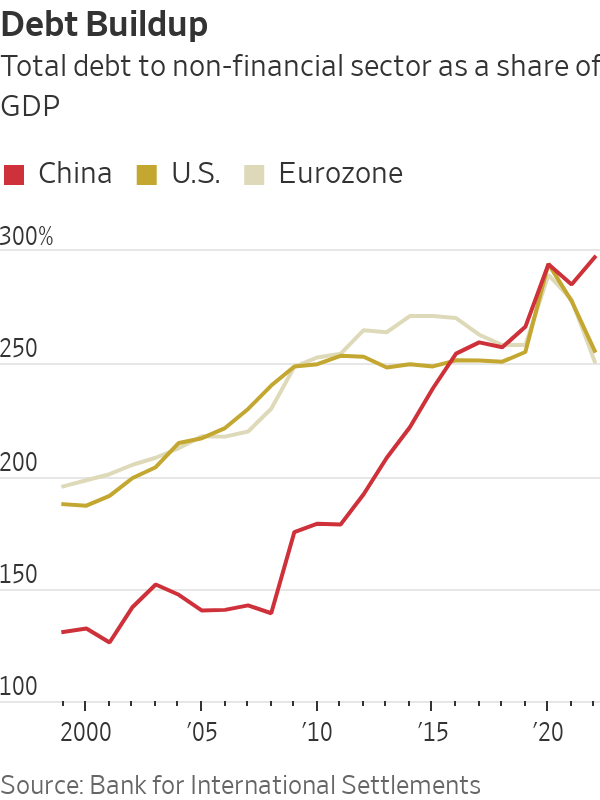
Rhodium Group, a New York-based economic research firm, estimates that only about 20% of financing firms used by local governments to fund projects have enough cash reserves to meet their short-term debt obligations, including bonds owned by domestic and foreign investors.
In Yunnan, location of the giant quarantine centre, heavy infrastructure spending lifted growth for years. Officials spent hundreds of billions of dollars including on Asia’s tallest suspension bridge, more than 6,000 miles of expressways and more airports than many other regions in China.
The projects boosted tourism and helped expand trade of Yunnan products including tobacco, machinery and metals. From 2015 to 2020, Yunnan was one of the fastest-growing regions in China. Growth has weakened in the past few years. The slumping property market has hit local finances hard, as revenue from land sales dries up.
Yunnan’s debt-to-revenue ratio climbed to 151% in 2021, breaching a 150% level designated as alarming by the IMF, and up from 108% in 2019, according to Lianhe Ratings, a Chinese rating agency. Fitch Ratings earlier this year said financing firms used by the province to fund infrastructure construction were risky because of the size of their borrowings and the government’s strained finances.
Yet Yunnan has continued to hatch big schemes. In early 2020, the Yunnan government said it planned to spend nearly $500 billion on hundreds of infrastructure projects, including a more than $15 billion program aimed at diverting water from parts of the Yangtze River to the dry centre of the province.
A February plan issued by Wenshan, a city in Yunnan, listed the “permanent” quarantine centre as one of several measures aimed at promoting economic stability. Once the government officially put out a bid in June for its construction, local residents questioned the use of funds.
“It’s such a waste of money,” wrote one user of Weibo, a popular microblogging platform in China.
A Yunnan official confirmed the plan to build the quarantine facility, which is expected to be completed at the end of this year, but declined to comment further.
Tighter control
In Beijing’s corridors of power, senior officials have recognised that the growth model of past decades has reached its limits. In a blunt speech to a new generation of party leaders last year, Xi took aim at officials for relying on borrowing for construction to expand economic activities.
“Some people believe that development means investing in projects and scaling up investments,” he said, while warning, “you can’t walk the old path with new shoes.” Xi and his team so far have done little to shift away from the country’s old growth model.
The most obvious solution, economists say, would be for China to shift toward promoting consumer spending and service industries, which would help create a more balanced economy that more resembles those of the U.S. and Western Europe. Household consumption makes up only about 38% of GDP in China, relatively unchanged in recent years, compared with around 68% in the U.S., according to the World Bank.
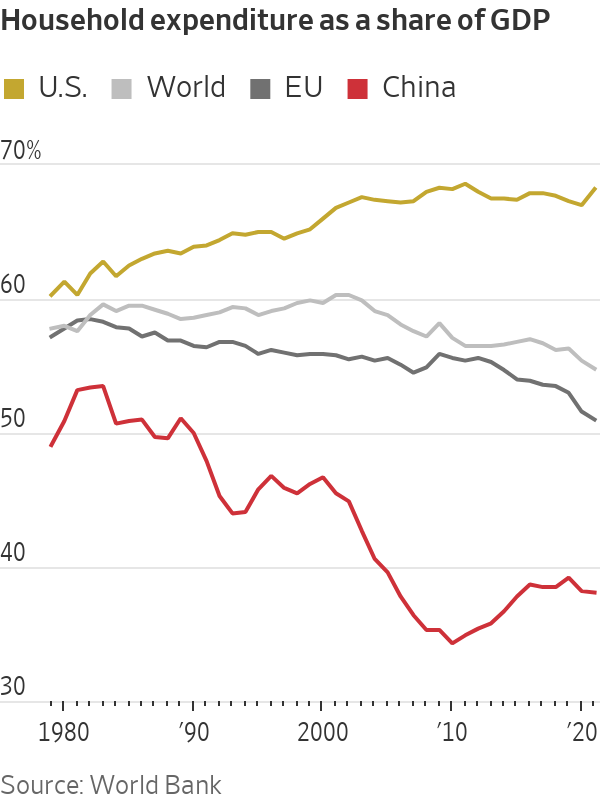
Changing that would require China’s government to undertake measures aimed at encouraging people to spend more and save less. That could include expanding China’s relatively meager social safety net with greater health and unemployment benefits.
Xi and some of his lieutenants remain suspicious of U.S.-style consumption, which they see as wasteful at a time when China’s focus should be on bolstering its industrial capabilities and girding for potential conflict with the West, people with knowledge of Beijing’s decision-making say.
The leadership also worries that empowering individuals to make more decisions over how they spend their money could undermine state authority, without generating the kind of growth Beijing desires.
A plan announced in late July to promote consumption was criticised by economists both in and outside China for lacking details. It suggested promoting sports and cultural events, and pushed for building more convenience stores in rural areas.
Instead, guided by a desire to strengthen political control, Xi’s leadership has doubled down on state intervention to make China an even bigger industrial power, strong in government-favoured industries such as semiconductors, EVs and AI.
While foreign experts don’t doubt China can make headway in these areas, they alone aren’t enough to lift up the entire economy or create enough jobs for the millions of college graduates entering the workforce, economists say.
Beijing has spent billions of dollars to try to build up the country’s semiconductor industry and reduce its dependence on the West. That has resulted in expanded production of less-sophisticated chips, but not the advanced semiconductors produced by companies such as Taiwan Semiconductor Manufacturing. Among the projects that failed were two high-profile foundries that received hundreds of millions of dollars in government support.
Last week, just as Beijing released a barrage of disappointing economic data, the party’s premier journal, Qiushi, published a speech made by Xi six months earlier to senior officials, in which the leader emphasised the importance of focusing on long-term goals instead of pursuing Western-style material wealth. “We must maintain historic patience and insist on making steady, step-by-step progress,” Xi said in the speech.
 Copyright 2020, Dow Jones & Company, Inc. All Rights Reserved Worldwide. LEARN MORE
Copyright 2020, Dow Jones & Company, Inc. All Rights Reserved Worldwide. LEARN MORE
Marjan and RAK Hospitality Holding merged to form a unified entity under Marjan, combining real estate and hospitality expertise to advance RAK Vision 2030 and position the emirate as a regional lifestyle and investment hub.
Kyndryl’s 2025 Readiness Report reveals that Saudi businesses are seeing growing AI returns yet face challenges in modernizing infrastructure, upskilling talent, and strengthening cybersecurity, as the Kingdom advances its Vision 2030 digital transformation goals.
Huawei hosted its first General-purpose Computing Forum at GITEX 2025, uniting global experts to advance open-source, Arm-based, and sustainable computing ecosystems — reaffirming openness as the path to an intelligent world.
Saudi Arabia’s Ministry of Tourism has raised fines for unlicensed hospitality operations to SR250,000 in major cities and SR150,000 in second-tier areas, introducing bilingual service rules, stricter penalties, and a three-tier zoning system to ensure quality and protect the Kingdom’s tourism reputation.
The Ministry of Tourism has raised fines for operating hospitality facilities without a valid license to SR250,000 in major cities and key tourism destinations, up from the previous penalty amounting to SR50,000, according to the updated regulations that took effect this week.
The new penalties apply to first-tier cities, including Makkah, Madinah, Riyadh, Jeddah, and Alkhobar, as well as major giga-project destinations such as NEOM, The Red Sea, Diriyah, Amaala, and Qiddiya. Facilities operating without a valid license in these areas will also face permanent closure until the violation is corrected.
In second-tier cities — Taif, Dammam, Abha, Jazan, Tabuk, Hail, Buraidah, Khamis Mushait, Jubail, Najran, Yanbu, Hafar Al-Batin, Al-Baha, Al-Hofuf, and Sakaka — fines have been raised to SR150,000 from SR50,000.
The penalty for allowing others to use a tourism license has also been increased to SR60,000 for first-tier facilities and SR55,000 for second-tier facilities, compared with SR50,000 previously.
New penalties and language rules
Fines for obstructing tourism inspectors have doubled to SR10,000 for first-tier facilities and SR7,000 for second-tier facilities.
A new regulation mandates bilingual communication (Arabic and English) when responding to tourists via phone or email.
Facilities have seven days to rectify violations before a fine is issued — SR6,000 for five-star and luxury hotels, SR5,000 for four-star hotels, and SR2,000 for lower-rated serviced apartments.
Violations with penalties below SR10,000 can be issued immediately by authorized inspectors.
Graduated penalties and major offenses
The updated regulations classify offenses based on severity. Major violations include operating without a license, continuing activity after license suspension or expiry, actions harming public safety or the Kingdom’s tourism reputation, and obstructing inspectors.
Penalties are determined by facility size, location, and the severity of the violation. Minor violations will first receive a warning and a grace period to correct the issue before financial penalties are applied. However, repeated offenses within a year will result in doubled penalties and possible suspension or license cancellation after multiple violations.
Three tourism zones
The new framework divides Saudi Arabia into three zones:
Tier 1: Makkah, Madinah, Riyadh, Jeddah, Alkhobar, and giga-project destinations (NEOM, The Red Sea, Diriyah, Amaala, Qiddiya).
Tier 2: Taif, Dammam, Abha, Jazan, Tabuk, Hail, Buraidah, Khamis Mushait, Jubail, Najran, Yanbu, Hafar Al-Batin, Al-Baha, Al-Hofuf, and Sakaka.
Tier 3: All other cities and governorates.
The Ministry emphasized that the new measures aimed to ensure high-quality services, enhance compliance across the hospitality sector, and protect the Kingdom’s tourism reputation.
Chris Dixon, a partner who led the charge, says he has a ‘very long-term horizon’
Americans now think they need at least $1.25 million for retirement, a 20% increase from a year ago, according to a survey by Northwestern Mutual
Ankabut IT partners with Huawei, Rong Cloud, Neuxnet, and Talk Cloud to advance AI-driven education innovation in the UAE.
Ankabut Information Technology, the UAE’s advanced technology provider for the education and research community, announced the signing of a strategic multi-party Memorandum of Understanding (MOU) with global technology leaders Huawei Technologies UAE, RONG CLOUD H.K. LIMITED, Neuxnet (Singapore) PTE. LTD., and Talk Cloud (Beijing) Technology Co., Ltd.
The landmark agreement establishes a collaborative framework to co-design and integrate cutting-edge AI, cloud, and communication technologies tailored for the education sector. The consortium aims to foster innovation, enhance service portfolios, and deliver greater value to educational institutions and their stakeholders.
The collaboration will focus on several key areas:
- Joint Solution Development: Co-creating integrated, AI-driven, scenario-based education solutions.
- Technology Validation and Pilots: Testing and demonstrating these solutions within Ankabut’s network of partner institutions.
- Training and Capacity Building: Organizing workshops, seminars, and training programs to build capacity among educators and IT staff.
- Marketing and Ecosystem Promotion: Showcasing the partnership’s results and innovations at major industry events, exhibitions, and forums.
- Localization and Support: Adapting solutions to meet local requirements and providing ongoing, robust support.
“This partnership represents a significant leap forward for the education technology landscape,” said a spokesperson for Ankabut. “By uniting our regional expertise with the global technological prowess of Huawei, Rong Cloud, Neuxnet, and Talk Cloud, we are positioned to redefine learning experiences through powerful, practical AI applications.”
The alliance brings together complementary strengths from each partner: Ankabut’s deep roots in the UAE’s education sector, Huawei’s leadership in ICT infrastructure, Rong Cloud’s and Talk Cloud’s expertise in cloud communication platforms, and Neuxnet’s advanced networking and AI capabilities.
“This MOU underscores our shared commitment to driving digital transformation in education,” added a representative from Huawei Technologies UAE. “We are excited to collaborate on developing localized solutions that address real-world challenges faced by educators and students.”
The partners will immediately commence strategic discussions to develop a detailed action plan, with a focus on rapid prototyping and pilot deployments.
Chris Dixon, a partner who led the charge, says he has a ‘very long-term horizon’
Interior designer Thomas Hamel on where it goes wrong in so many homes.
Abu Dhabi will host the Games of the Future 2025 from 18–23 December at ADNEC, bringing together athletes, gamers, and clubs from around the world to compete in phygital sports that merge physical and digital gameplay — reinforcing the UAE’s role as a global hub for innovation, youth, and community.
Abu Dhabi, UAE will host the Games of the Future 2025 (GOTF 2025), the groundbreaking global event where phygital sports bring together elite clubs, athletes, and gamers to compete in cutting-edge disciplines that blend real-world athleticism with advanced gaming technology.
Taking place from 18-23 December 2025 at ADNEC Centre Abu Dhabi, the tournament is a natural extension of the ‘We the UAE 2031’ vision and the nation’s designation of 2025 as the Year of Community, reinforcing the UAE’s role as a global hub for sport, innovation, youth empowerment, and cultural exchange.
His Excellency Dr. Ahmad Belhoul Al Falasi, UAE Minister of Sports, affirmed that Abu Dhabi’s hosting of the Games of the Future 2025 is a qualitative new step in the country’s journey to consolidate its position as a global hub for innovation and the evolving sports industry. He emphasized that the Games reflects the We the UAE 2031 vision by empowering youth, advancing the digital economy and strengthening the global standing of Emirati sports.
His Excellency Dr. Al Falasi said: “The Games of the Future 2025 merges athletic performance with technology, inspiring youth, driving sports innovation, fostering teamwork among youth and supporting a sustainable economy based on innovation and knowledge. At the Ministry of Sports, we are committed to ensuring the success of the Games and reinforcing the UAE’s status as a premier host of global sports events.”
The We the UAE 2031 vision outlines ambitious goals around economic diversification, digital transformation, and youth empowerment. The Games of the Future 2025 directly supports these priorities by accelerating the digital economy through the introduction of new technology platforms and esports-driven industries that position the UAE as a destination for innovation and investment.
The event also empowers youth by providing opportunities for athletes and gamers to showcase their skills on an international stage, while inspiring the next generation to embrace creativity, teamwork, and innovation. By hosting large-scale international phygital sports tournament, the UAE further demonstrates its leadership as a convenor of transformative global events.
At the same time, GOTF 2025 reflects the spirit of the UAE’s Year of Community, which emphasizes shared values, inclusivity, and togetherness. The event will bring together athletes, fans, and clubs from diverse countries and cultures, creating a platform that unites people across backgrounds. The phygital disciplines themselves promote collaboration, strategy, and adaptability, embodying the spirit of teamwork and mutual respect. Beyond the competition, fan zones, interactive activations, and cultural showcases will celebrate community spirit, enhancing the sense of belonging for residents and visitors alike.
In the lead-up to GOTF 2025, a dedicated community engagement roadshow will take place across key locations in Abu Dhabi and Dubai, offering residents and fans an opportunity to explore the spirit of phygital sport through interactive activations and curated experiences. Stay tuned for more details on the roadshow and where to find it.
The Games of the Future 2025
The tournament will feature 11 disciplines including Phygital Football, Phygital Basketball, MOBA PC and Mobile, Battle Royale, and more, combining the drama of physical competition with the creativity of digital gaming.
A wide range of international and regional clubs have already confirmed their participation in the Games of the Future 2025, including PBC Astana, Thang Long Warriors, Intercosmics, CD Holcattes and Great Team Brazil. Phygital Football teams México Quetzales – Armadillos FC, CM Jardim, Greni Smith, Z10, FC WHITEBIRD and La Crema will also return to Abu for the final showdown, following their success at the Phygital Contenders: Abu Dhabi – Football tournament earlier this year.
The event is also supported by World Phygital Community member organizations, such as Phygital Brazil, the Serbian Association of Electronic Sports, and the Belarusian Federation of Phygital Sports, reflecting the growing global network behind the phygital movement.
Among the star athletes set to compete are Rodrigo Ulibarri and Aldair Giorgana (Mexico Quetzales – Armadillos FC), as well as Matheus Dedo (CM Jardim) — each known for their standout performances across both traditional and digital sports. Their participation underscores the growing excitement among international athletes embracing the phygital format.
They will be joined by a growing roster of clubs from across Africa, Asia, Europe, and the Americas, including groups competing in Phygital Basketball, Phygital Football, Phygital Dancing, and Phygital Shooter disciplines, underscoring the truly global nature and universal appeal of the tournament.
The competition is organised by ASPIRE, the Local Delivery Authority for the Games of the Future Abu Dhabi 2025, in collaboration with Ethara, the Event Delivery Partner, and Phygital International, the Global Rights Holder. The event is supported by key stakeholders, including the Host City Entity, Abu Dhabi Sports Council, and the Official Partner, Ministry of Sports.
Stephane Timpano, CEO of ASPIRE, said: “The Games of the Future is a reflection of the UAE’s bold vision to create opportunities for youth, innovation, and community. By bringing together athletes, gamers, fans, and partners, to introduce sports like you have never seen before, we’re bringing technology and sport to life through Phygital Sports”
ADNEC Centre Abu Dhabi will play host for the Games of the Future from 18-23 December. As a dynamic space purpose-built for innovation and scale, it will be transformed into a futuristic field suitable for this ground-breaking global event – offering the ideal environment to deliver a world-class phygital sports showcase. Its strategic infrastructure and operational excellence continue to position Abu Dhabi and the UAE as a leading destination for international events at the intersection of technology, sport, and culture.
Chris Dixon, a partner who led the charge, says he has a ‘very long-term horizon’
Following the devastation of recent flooding, experts are urging government intervention to drive the cessation of building in areas at risk.
Marjan and RAK Hospitality Holding merged to form a unified entity under Marjan, combining real estate and hospitality expertise to advance RAK Vision 2030 and position the emirate as a regional lifestyle and investment hub.
Marjan, the master developer of freehold properties in Ras Al Khaimah, and RAK Hospitality Holding, the government-owned investment and development arm in the Emirate, have announced a landmark strategic merger to create a unified entity operating under Marjan.
This merger combines world-class hospitality expertise with visionary land development strategies to form a dynamic future-ready organization. Marjan will integrate real estate development, hospitality operations, and lifestyle experiences under one umbrella, positioning itself as one of the largest real estate developers in the UAE and the leading master developer in the Northern Emirates.
Announcing the merger, His Highness Sheikh Ahmed bin Saud bin Saqr Al Qasimi, Chairman of Marjan, said: “RAK Vision 2030 has set the Emirate’s ambition to be a pioneer in the region for livability and a place where opportunities thrive. Anchored in this vision, the merger will create high-value jobs for Emiratis, develop national capabilities, and reinforce our position as a beacon of opportunity and innovation. Together, we are positioned to build thriving communities that bring the Emirate’s bold vision for sustainable prosperity to life.”
Marjan’s future developments including Al Marjan Island, RAK Central, Marjan Beach, and the Jebel Jais masterplan will elevate the quality of life for residents, enrich travel and leisure experiences, and attract diverse investment opportunities. The merger supports RAK Vision 2030’s goal of welcoming 3.5 million annual visitors and achieving nearly 20,000 hotel keys.
Abdulla Al Abdouli, Group CEO, said: “Marjan will position Ras Al Khaimah as the global lifestyle and investment hub of the future.”
This merger empowers Marjan to propel the Emirate into its next chapter of growth, fostering distinctive lifestyle offerings, and attracting world-class talent and investments.
Chris Dixon, a partner who led the charge, says he has a ‘very long-term horizon’
Kyndryl’s 2025 Readiness Report reveals that Saudi businesses are seeing growing AI returns yet face challenges in modernizing infrastructure, upskilling talent, and strengthening cybersecurity, as the Kingdom advances its Vision 2030 digital transformation goals.
Kyndryl, a leading provider of mission-critical enterprise services, today released its second annual Readiness Report, drawing on responses from 3,700 senior leaders across 21 countries. The data reveals a moment of both momentum and reflection — as businesses in Saudi Arabia report growing returns from AI investments while facing mounting pressure to modernize infrastructure, scale innovation efforts, reskill workforces, and manage risk in an increasingly fragmented regulatory landscape.
“The Readiness Report confirms what we see in Saudi Arabia every day. Leaders are achieving returns from AI, yet many are working to modernize legacy systems, build new skills, and align with an evolving policy environment,” said Pieter Bil, Senior Vice President and Managing Director of Kyndryl in the Middle East and Africa. “Vision 2030 raises the bar, asking all of us to build secure, sovereign ready digital infrastructure and world class human capability. The priority now is to move from early stage adoption to scaled innovation, strengthen cyber resilience, and develop Saudi talent so AI becomes a durable growth engine for the national economy.”
Last year’s report revealed a critical gap between perception and preparedness: while the majority of business leaders in the Middle East, including Saudi Arabia, believed their IT infrastructure was best-in-class, fewer felt it was ready for future disruption. While there has been momentum – that tension remains. This year:
- ROI pressure rising, but AI stuck in experimentation phase: 63% of Saudi organizations report feeling more pressure to prove ROI on AI investments compared to last year. However, 57% say their innovation often stalls after the proof-of-concept, and 53% agree foundational issues in their technology stack.
- Confidence continues to outweigh capability: While Saudi organizations are eager to innovate, foundational challenges persist. 94% say they struggle to keep up with the pace of technological advancements, 30% cite the complexity of their technology environments as a barrier to scaling tech investments, and 26% struggle to align business and technology teams.
- AI driving workforce transformation, but skills gaps remain: 91% in Saudi Arabia say AI will “completely” transform jobs at their organizations within 12 months. Yet, 31% are concerned about how to upskill and reskill employees whose jobs are replaced by AI, 35% worry about the lack of core cognitive skills and 35% cite gaps in technical skills needed to harness AI’s potential.
- Cyber resilience top of mind: With 76% of Saudi organizations having experienced a cyber-related outage in the past year, cybersecurity has become a top priority. Yet, only 39% are implementing robust cybersecurity measures, and 33% are upgrading their IT infrastructure to mitigate business risks and strengthen resilience.
- Policy and compliance shaping infrastructure decisions: As Saudi organizations scale their technology investments, 29% cite regulatory or compliance concerns as a barrier, underscoring the influence of policy on infrastructure strategy and innovation readiness.
Cloud is under pressure as geopolitical and regulatory disruption drive change
Many Saudi organizations are revisiting their cloud infrastructure, prompted by new regulations and growing concerns about data sovereignty. 67% of Saudi leaders express concerns about the geopolitical risks associated with storing and managing data in global cloud environments, and 70% have adjusted their cloud strategies in response – by investing in data repatriation (50%), reassessing vendors (28%), and shifting toward private cloud models (31%).
Chris Dixon, a partner who led the charge, says he has a ‘very long-term horizon’
Huawei hosted its first General-purpose Computing Forum at GITEX 2025, uniting global experts to advance open-source, Arm-based, and sustainable computing ecosystems — reaffirming openness as the path to an intelligent world.
Huawei successfully held its first General-purpose Computing Forum at GITEX 2025. Global analysts, open-source representatives, experts, and industry leaders gathered at the event to discuss computing trends, drivers of ecosystem success, and best practices across key sectors. Discussions converged on one clear future: openness is the essential path to an intelligent world.
“As a pioneer on this open path, Huawei is deeply committed. We adhere to the principle of open hardware, open-source software, partner empowerment, and joint ecosystem development,” said Michael Chang, President of Huawei Computing Marketing & Solution Sales Dept.
Michael also highlighted how open ecosystems like Arm, spanning hardware, software, and OS, deliver broader choices, lower barriers, and greater innovation. To date, Huawei’s computing ecosystem has over 6 million developers, more than 8,000 partners, and over 22,000 certified solutions.
The Kunpeng hardware powers core applications in finance, energy, the public sector, carriers, and manufacturing. “We aim to co-build a sustainable global computing ecosystem with industry partners, providing an open and reliable computing alternative for the Middle East and the world,” Michael added.
Building on this vision, Hu Zhengce, Vice President, Huawei Middle East & Central Asia ICT Marketing & Solution Sales Dept., detailed the progress: “On the hardware front, Kunpeng continues to evolve with more cores and higher performance. In terms of software, Kunpeng has maintained a consistent commitment to open source over the past six years. We have progressively open-sourced the openUBMC firmware management software, openEuler OS, openGauss database, openFuyao computing cluster software, as well as BiSheng JDK and compilers.
This year, Kunpeng continues to open-source its solutions, including BoostKit for application enablement and the KUPL high-performance computing framework. These efforts empower customers and developers with seamless integration and deployment, delivering simpler processes, smoother upgrades, and easier maintenance.”
The forum attracted enthusiastic participants from the Middle East, Central Asia, Africa, and beyond, including representatives from industry sectors such as carriers, finance, public service, energy, and manufacturing, as well as academia.
Speakers noted the computing industry is undergoing its most significant infrastructure transformation in 20 years, driven by three key trends: open source becoming mainstream, heterogeneous computing emerging as the new benchmark, and the global Arm ecosystem becoming mature.
Kunpeng, as a core Arm ecosystem builder, reached 25% market share in China by the end of 2024. Now, Kunpeng is ready to accelerate digital intelligence with partners across the Middle East and Central Asia, ushering in a new computing era.
Chris Dixon, a partner who led the charge, says he has a ‘very long-term horizon’
IDEMIA Public Security signed a strategic agreement with SAMI Advanced Electronics at GITEX Global 2025 to develop biometric, transport, and smart mobility solutions in Saudi Arabia, advancing Vision 2030 and enabling secure, seamless travel experiences.
IDEMIA Public Security, the leading provider of secure and trusted biometric-based solutions, has signed a strategic cooperation agreement with SAMI Advanced Electronics, a regional leader in the electronics industry in Saudi Arabia, to drive transformative innovation in travel, transportation, and smart mobility across the Kingdom.
Formalized and signed at GITEX Global 2025, the world’s largest and most influential tech event, the agreement underscores IDEMIA Public Security’s commitment to shaping the future of mobility through cutting-edge technology and local collaboration. This milestone marks the start of a strategic collaboration focused on advancing digital transformation, enhancing operational efficiency, and delivering secure, frictionless travel experiences in line with Saudi Arabia’s Vision 2030.
Under the agreement, IDEMIA Public Security and SAMI Advanced Electronics will jointly develop and deploy advanced biometric, transport, and smart city solutions, leveraging IDEMIA Public Security’s global expertise and SAMI’s regional capabilities to accelerate innovation and build technological capacity.
“We are proud to deepen our mission of making the world safer through trusted technology,” said Tim Ferris, Global Head, Travel & Transport, IDEMIA Public Security. “This partnership with SAMI Advanced Electronics brings us one step closer to realizing a future of seamless and secure mobility in Saudi Arabia. Together, we’re not only supporting Vision 2030 – we’re actively shaping the future of secure, seamless mobility for all who live, work, and travel in the Kingdom.”
IDEMIA Public Security’s biometric travel solutions are trusted worldwide to streamline border operations, enhance decision-making, and deliver personalized digital passenger journeys. Through their agreement with SAMI Advanced Electronics, IDEMIA Public Security reinforces its commitment to local innovation, knowledge transfer, and sustainable development in the region.
Chris Dixon, a partner who led the charge, says he has a ‘very long-term horizon’
Mubadala Capital is reportedly exploring a deal to acquire Clear Channel Outdoor, marking a potential take-private move for the Texas-based billboard operator with $6.4 billion in debt, as deal activity in outdoor advertising intensifies.
Mubadala Capital, a unit of Abu Dhabi’s sovereign wealth fund, is working on a potential deal to acquire billboard operator Clear Channel Outdoor citing people familiar with the matter.
Activist investor Anson Funds Management had pushed for the sale of Clear Channel last month, the report said, and comes at a time when dealmaking in outdoor advertising has been lately heating up.
The San Antonio, Texas-based company has about $6.4 billion in debt, the report added.
While the asset management firm has a sprawling global portfolio, it is not a major player in US media investments.
The potential take-private move is the latest from Mubadala Capital, which earlier this year had sold a minority stake in its company to investment firm TWG Global led by Guggenheim Partners founder Mark Walter and financier Thomas Tull.
Chris Dixon, a partner who led the charge, says he has a ‘very long-term horizon’
Dubai Land Department partners with Google Cloud to launch the AI-powered “Investor Assistant”, turning data into smart insights and transforming real estate investment in Dubai through AI-driven, sustainable innovation.
In a move that opens new horizons for smart real estate investment and exceptional digital services, Dubai Land Department (DLD) announced a strategic tie-up with Google Cloud that transforms artificial intelligence from a supportive tool into a driving force for investment decision-making.
Through the integration of DLD’s data with Google Cloud’s Data & AI capabilities, the partnership aims to simplify the investor journey from exploration to execution – while reinforcing Dubai’s position as a global laboratory for sustainable and transparent investment innovation.
Building on ongoing efforts to achieve the objectives of the Dubai Economic Agenda D33 and the Dubai Real Estate Strategy 2033, the collaboration unveiled at GITEX Global 2025 introduces DLD Investor AI Assistant, powered by Google Gemini.
This innovative service elevates the investor experience by harnessing Google Cloud’s integrated ecosystem of artificial intelligence, cloud solutions, mapping technologies and podcasts, said the statement.
This partnership represents a milestone that reflects Dubai’s vision of harnessing artificial intelligence and data to lead the transformation of the real estate sector toward greater innovation and sustainability.
Moreover, the new digital assistant integrates these advanced capabilities with a human-centered design to create transformative experiences that redefine how individuals interact with institutions.
The first pillar of the collaboration is the DLD Investor AI Assistant, powered by Google Gemini, launched under the theme ‘Smart Dialogue, Smarter investments.
This service introduces a new dimension of support for local and international investors through an advanced knowledge interface that transforms vast volumes of real estate data into precise, neutral, and reliable analytical insights, empowering investors to make well-informed decisions with confidence.
Showcased at Gitex Global 2025 and will be made available through the DLDs’ website, the service offers comprehensive information about Dubai’s investment environment and key processes.
During this event, Dubai Land Department also introduced an innovative form of interaction where users can convert documents on real-estate investment topics into AI-generated interactive podcasts, powered by Google Notebook, allowing users to join podcasts and engage in rich human-like conversations.
DLD continues to enhance the service by integrating additional innovative features to further strengthen the capabilities of the AI investment assistant.
These initiatives mark a new chapter in the management of real estate investments and services in Dubai. By combining the institutional data strength of the DLD with Google Cloud’s expertise in artificial intelligence, Dubai reinforces its leading position in leveraging technology to enhance the efficiency of the real estate market and boost investor confidence.
Through this collaboration, the Dubai Land Department reaffirms its vision of achieving global leadership in real estate investment, a vision now realized through an innovative digital approach that transforms artificial intelligence into a driver of growth and data into a platform for opportunity, ensuring Dubai remains the world’s foremost destination for smart and sustainable real estate investment.
Chris Dixon, a partner who led the charge, says he has a ‘very long-term horizon’
Day 4 of GITEX GLOBAL 2025 spotlighted cybersecurity, AI, and digital resilience, uniting global leaders to secure an AI-powered future — as Dubai cements its status as a hub for innovation and digital collaboration.
Day 4 of GITEX GLOBAL 2025 set another benchmark for digital collaboration as policymakers, cybersecurity leaders, and innovators convened to address the most pressing question of the intelligent age – how to secure a world powered by AI and data. While cybersecurity and resilience dominated the day’s discourse, the show floor remained a convergence of cutting-edge innovation across AI, cloud, data centres, robotics, and quantum computing, underlining GITEX’s unrivalled breadth and impact.
As digital transformation accelerates, speakers called for a unified global response that firmly plants security, ethics, and trust at the core of AI-driven progress. The 45th edition of GITEX GLOBAL continues driving business transformation and investments until tomorrow, 17 October 2025, converging more than 6,800 exhibitors, 2,000 startups, 1,200 investors, and delegations from over 180 countries at Dubai World Trade Centre.
Cyber Resilience: Building Trust in the Age of Intelligence
Opening the day’s program, H.E. Omar Sultan Al Olama, UAE Minister of State for Artificial Intelligence, Digital Economy and Remote Work Applications, highlighted the significance of the gathering: “As a platform, nothing really represents the UAE’s vision when it comes to technology, and the UAE’s position as a convener of the world than GITEX.” His Excellency then urged governments and enterprises to prioritize AI capacity-building and risk management as key national imperatives, sharing, “We’re all for proactive regulation, yet proactive regulation needs to be well-informed. We need to have agile policymaking to try to deal with the impact of AI as it evolves and manage it effectively every step of the way.”
In a defining address titled Cyber Resilience 2030: People, Policy & AI at the Core of National Security, H.E. Dr. Mohamed Al Kuwaiti, Head of Cybersecurity for the UAE Government, outlined how the nation is advancing an integrated framework that combines governance, AI threat detection, and citizen awareness. His Excellency stressed, “The main message is to have a strong Cyber Culture across nations and society. Our people, is and will always be our first line of defense.” At the main stage, the UAE Cyber Security Council also launched the UAE’s Cybersecurity Vision 2025 report. At the unveiling, His Excellency shared, “Resiliency is very important for us in the UAE, and this is reflected in the report. The focus is on capacity-building, technology exchange, partnerships, and shared innovation.”
Dr. Neal Jetton, Director of Cybercrime at INTERPOL, offered insights into the global authority’s coordinated strategy against transnational cybercrime. Dr. Jetton commented, “Criminals are using AI to increase their efficiency scope and effectiveness of their operations. At INTERPOL, we bring countries together, with relevant private sector representatives, to work together on the steps needed to be effective against cybercrimes.”
Energy storage tech entrepreneur, Taavi Madiberk, CEO and Co-Founder of Skeleton Technologies, raised thought-provoking questions on the economics of AI. He said: “It’s very important to bring down the cost of AI. If for the same money, you can have 40% more computing power, you can enable new applications in cancer research, climate research, new battery technologies.”
Shedding light on cyber strategies from global governments, Her Excellency Liisa-Ly Pakosta, Estonia’s Minister of Justice and Digital Affairs, inspired audiences on how digital nations are fortifying themselves against AI-driven threats through collaborative frameworks and strong governance. H.E. shared: “Every cyberattack has an overspill; that’s why international cooperation between researchers, cyber specialists, companies, and government is truly essential.”
Exhibitors Showcase the Future of Secure Digital Transformation
Across the exhibition halls, the momentum continued as cybersecurity leaders demonstrated how innovation and protection now go hand in hand.
Huawei commanded attention with a comprehensive showcase of 80+ solutions themed under ‘All Intelligence,’ which unites five transformative pillars shaping the intelligent economy – Accelerate Industrial Intelligence, Partner Park, Huawei Cloud, Intelligent Data Center, and Intelligent Campus. The company unveiled end-to-end industry solutions designed to accelerate national digital transformation for sovereign and hybrid deployments. With a view to enhancing knowledge exchange, Huawei also unveiled the ICT Skills Development Insights Report 2025 in partnership with UNESCO IITE at GITEX GLOBAL.
Demonstrations of AI-driven network automation, energy-efficient digital power systems, and advanced cybersecurity frameworks reinforced Huawei’s leadership in building the digital foundations of smarter cities, resilient enterprises, and connected societies.
Critical infrastructure cybersecurity leader, OPSWAT presented its MetaDefender Optical Diode ensuring highly secure data transfer between OT/IT and the next-generation MetaDefender Kiosks, including Stand, Tower & Kiosks that offer advanced protection for critical assets.
Fortinet, a global leader in integrated AI-powered security solutions across networks, endpoints, and clouds, showcased its FortiGuard Incident Response & Readiness – a set of services that provide expert-led, intelligence-driven, and fully tailored support combining readiness, response, and continuous improvement under a predictable subscription model.
Crowdstrike presented Falcon platform, their flagship security solution. The cloud-native innovation has yielded a 98% reduction in critical vulnerabilities covering endpoint, cloud workloads, identity, data, and applications.
MoUs Strengthen Dubai’s Cyber Infrastructure
On the MoU Stage, Dubai Municipality and Fortinet International signed a strategic agreement to advance the emirate’s AI-enabled cybersecurity infrastructure, supporting the development of secure digital systems and public sector transformation.
Day 5 Preview: Closing a Landmark 45th Edition
GITEX GLOBAL 2025 enters its final day tomorrow, capping a week of shaping the future of AI, cybersecurity, cloud, quantum, data centers, mobility, biotech, digital health, and future energy.
With record crowds, groundbreaking product launches, and milestone business partnerships, GITEX GLOBAL is ready to conclude on a high note, before its milestone move to Dubai Exhibition Centre, Expo City Dubai in 2026, running from 7-11 December.
Chris Dixon, a partner who led the charge, says he has a ‘very long-term horizon’
AWS and e& launch the “AI Nation – Afaaq” program to train 30,000 people in AI and machine learning, supporting the UAE’s vision for a knowledge-driven digital economy.
Amazon Web Services (AWS) and global technology group e& are bringing to life their digital transformation vision with the launch of the nationwide initiative “AI Nation – Afaaq” program to train 30,000 individuals in machine learning (ML) and artificial intelligence (AI) technologies. The program, announced at GITEX Global in Dubai, is part of the strategic US$1 billion alliance between e& and AWS, which was announced in 2024.
e&, which serves more than 198 million subscribers in 38 countries, will work with AWS, the world’s most comprehensive cloud provider, to deliver this training through e& Academy, marking a significant milestone in the UAE’s digital leadership and talent development journey.
This initiative aligns with growing regional workforce challenges and requirements highlighted in IDC’s 2024 report. According to the study, an estimated 88% of United Arab Emirates (UAE) and Kingdom of Saudi Arabia (KSA) organizations recognize AI’s business impact. However, although 78% of UAE organizations prioritize AI investment, nearly half (46%) identify the shortage of AI skills and expertise as a critical barrier to large-scale implementation.
By addressing the AI skills gap head-on, the program reinforces e& and AWS’s commitment to directly support the UAE’s ambitious national goals including the UAE Centennial 2071 plan, which aims to build a future-focused government and a diversified, knowledge-based economy.
The program will be delivered through the e& Academy, ensuring trainees across the UAE have access to world-class training and localized support. AWS will provide 30,000 sponsored vouchers for industry-recognized certifications including 25,000 for the foundational AWS Certified AI Practitioner and 5,000 for the more advanced AWS Certified Machine Learning Engineer – Associate. Learners will also have free access to digital, self-paced training content on AWS Skill Builder, one of the most comprehensive online learning centers for cloud skills.
To further support learners on their journey, the program will be complemented by live, interactive ‘Cloud Coach’ sessions for exam readiness, empowering them with in-demand technical skills that contribute to the UAE’s digital-first ambitions.
Harrison Lung, Group Chief Strategy Officer, e&, said: “As AWS’s strategic partner, e& is proud to enable this nationwide digital skills program through our e& Academy. This collaboration reflects our shared commitment to developing the next generation of talents that will drive the UAE’s innovation and leadership in the global digital economy. By combining AWS’s global training excellence with our local expertise and established presence, we are ensuring that learners across the country have access to the tools and support needed to succeed in the era of cloud and AI. This is about building the nation’s talent base at scale so employers can hire with confidence and people can step into AI-enabled roles across every sector.”
Madhavi Reddy, Managing Director, Middle East North Africa and Turkey, AWS, said: “This initiative represents AWS’s deep commitment to making world-class digital skills training accessible across the UAE. By providing 30,000 learners with industry-recognized certifications in cloud and AI, we are helping to build the robust talent base required for the nation’s digital transformation journey.”
“Our collaboration with e& Academy as an AWS Training Partner is crucial, enabling us to combine AWS’s global training expertise with strong local delivery. Together, we are empowering a new generation of builders to turn knowledge into tangible impact for businesses and communities alike.”
By developing a large-scale pipeline of talent equipped with advanced skills in cloud computing and AI, AWS and e& are investing in people that will drive innovation, attract investment, and secure the UAE’s position as a leading global technology powerhouse for generations to come.
Chris Dixon, a partner who led the charge, says he has a ‘very long-term horizon’
Genesys’ latest report shows 64% of consumers expect AI to enhance customer experience within three years. In MEA, CX leaders plan to spend 43% of their budgets on AI, as 51% of consumers would switch brands after two poor interactions—highlighting the need for faster, more personalized, and empathetic service.
Genesys, a global cloud leader in AI-Powered Experience Orchestration, has released its latest research report, “The State of Customer Experience: Middle East and Africa”, revealing critical insights into consumer expectations and the evolving priorities of customer experience (CX) leaders in the region. Notably, nearly two-thirds (64%) of consumers surveyed globally believe AI will improve the quality and speed of customer experience over the next two to three years. The good news is that organizations are focusing on the integration of AI into their CX strategies to close the gaps between the experiences they’re delivering today, and the services consumers want.
For today’s CX leaders, the potential for AI to transform how their organizations engage with customers is front and center, demonstrated by the 42% of global respondents who cited increasing the use of AI to improve experiences as a top priority in the survey. In MEA, AI has become so important for CX leaders, they’re planning to invest a whopping 43% of their CX-related spend toward the technology in the coming year. More than half (51%) of CX leaders surveyed in MEA are planning to invest over the next two years in AI solutions that can help improve the employee experience.
“Consumers across the Middle East and Africa (MEA) are increasingly optimistic about the role of AI in delivering faster, more personalized and efficient service experiences,” said Sebastian Ballerini, vice president of EMEA Growth Markets at Genesys. “As organizations across the region accelerate their digital transformation efforts, it’s critical they maintain a human touch. Customers value speed, but also empathy. This report highlights how AI can help organizations not just streamline operations but build deeper trust and stronger relationships through more intelligent, connected experiences.”
Failing to deliver on what consumers believe to be a good experience can have significant impact on an organization’s bottom line: More than half (51%) of consumers surveyed in MEA said they will abandon a favorite brand after experiencing as few as two poor interactions. In fact, 34% of those surveyed admitted that they stopped doing business with a company in the last year after a bad experience. With 46% of CX leaders surveyed in MEA citing keeping pace with consumers’ rising expectations as their greatest challenge, harnessing AI to improve customer experiences is a business imperative.
Key Insights from the Middle East & Africa Report:
Personalization and Channel Choice Define Modern CX
- 61% percent of consumers value being connected directly to the right person who can solve their problem, and 55% prefer to engage via their channel of choice.
- 98% of MEA consumers also said it’s important to move between channels without having to repeat information.
Consumers Demand Speed, Empathy and Seamless Interactions
- 58% of consumers in MEA say quick response is a top attribute they value in a customer service interaction, compared with 48% globally .
- More than two-thirds (69%) of consumers value brands that listen and understand their needs, and over half (58%) appreciate companies that recognize their account history and activity.
Confidence High Among CX Leaders
- CX leaders in MEA report higher confidence than their global counterparts in delivering satisfaction and personalization. In fact, 57% say their organizations are “extremely effective” at delivering customer satisfaction, while 52% believe they’re delivering highly personalized experiences, versus 46% and 42% globally, respectively.
- 52% of leaders in the region also have a stronger focus on customer retention ahead of the 38% who cited this globally.
Methodology: Genesys worked with an independent research firm to survey 5,232 consumers and 1,181 CX decision-makers in more than 16 countries. Included among the respondents were 1,067 consumers and 180 CX decision-makers from the Middle East and Africa. The survey was conducted in September and October of 2024. Among the business respondents globally, the industries represented were airlines, automotive, banking, government, healthcare, insurance, manufacturing, media and entertainment, professional services, retail, travel and hospitality, technology, telecommunications, and utilities.
Chris Dixon, a partner who led the charge, says he has a ‘very long-term horizon’
Alexandre de Betak and his wife are focusing on their most personal project yet.
Parmigiani Fleurier unveils the Tonda PF Automatic Deep Ruby, a 36 mm blend of steel and rose gold with a guilloché ruby dial and baguette diamond indices. Powered by the PF770 movement, it reflects the Maison’s signature balance of elegance, precision, and modern sophistication.
Parmigiani Fleurier proudly introduces the latest interpretation of its iconic Tonda PF Automatic, winner of the prestigious Grand Prix d’Horlogerie de Genève (GPHG) in 2022. This 36 mm version, crafted in stainless steel and 18ct rose gold, dazzles with its Deep Ruby dial and baguette-cut diamond indices. It perfectly embodies contemporary elegance and refined character, all while retaining a sophisticated allure capable of captivating the most discerning individuals.
“At Parmigiani Fleurier, color is never loud or obvious; it embodies a subtle sophistication born from intricate blends and nuanced tones. Each shade gracefully responds to its surroundings, delicately capturing light to reveal the full depth of its palette. In the case of Deep Ruby, this translates into a refined harmony, fluidly shifting from soft plum nuances to deeper burgundy hues.”
Guido Terreni, CEO Parmigiani Fleurier
CONTEMPORARY CHARM IN DEEP RUBY
The dial’s intense Deep Ruby hue represents the pinnacle of modern sophistication, emerging as the new black in contemporary luxury. Rich, warm, and nuanced, this burgundy tone resonates deeply, evoking passion, creativity, and refined taste. Often associated with innovation and daring sophistication, deep cherry shades are acclaimed by connoisseurs alike for their ability to elevate classic aesthetics into something bolder and more distinctive.
EXQUISITE DESIGN AND CRAFTSMANSHIP
At the heart of this timepiece is a mesmerizing “Grain d’Orge” guilloché motif, painstakingly hand-crafted by skilled artisans. This intricate pattern dances across the dial, subtly interacting with light to enhance its depth and warmth.
The hour indices are set with twelve hand-applied baguette diamonds of exceptional purity (D-G/IF-VVS), approximately 0.36 carats in total, elegantly marking the passage of time. Each diamond, meticulously chosen for its flawless clarity and precise geometry, enhances the dial’s sophistication and luxurious depth, offering a delicate yet striking visual harmony.
FLUID ELEGANCE IN DUAL METALS
The unique allure of this watch lies significantly in its skillful use of mixed metals. Parmigiani Fleurier transcends conventional two-tone designs by making rose gold an integral structural and aesthetic element. The bracelet, constructed like a fluid cascade—a veritable “river of gold”—beautifully graces the wrist with graduated links carefully tapered for perfect ergonomics. The interwoven stainless steel and 18ct rose gold components complement each other harmoniously, creating an object of tangible luxury and sophisticated fluidity.
The carefully knurled bezel, alternating polished and satin finishes on the bracelet, and elegant silhouette offer a visually engaging and tactile experience. This harmonious juxtaposition not only enhances the watch’s contemporary appeal but also underlines Parmigiani Fleurier’s unwavering commitment to meticulous detail and masterful execution.
MANUFACTURE MOVEMENT
Powered by the in-house PF770 automatic caliber, the Tonda PF Automatic Steel Gold Deep Ruby combines mechanical excellence and haute horlogerie artistry. With a 60-hour power reserve and operating at 28,800 vibrations per hour, this movement exemplifies precision and reliability. Decorated with traditional “Côtes de Genève” and beveled bridges, the movement is crowned by a skeletonized 22ct rose gold oscillating weight, polished and sandblasted to perfection.
THE PHILOSOPHY OF PARMIGIANI FLEURIER AND THE TONDA PF LEGACY
Parmigiani Fleurier continuously redefines modern luxury through restraint, balance, and exceptional craftsmanship. The Tonda PF collection, in particular, is celebrated for its discreet elegance, meticulous proportions, and timeless sophistication. Each watch in this series embodies the Maison philosophy of creating objects that speak quietly yet confidently to their wearer’s objects with intimate appeal, celebrating both innovation and authenticity without compromise.
This latest interpretation, the Tonda PF Automatic Steel Gold Deep Ruby, echoes Parmigiani Fleurier dedication to refined aesthetics and precious materials. It invites collectors and aficionados alike to experience the subtle yet profound pleasure of owning a timepiece that is both contemporary and timeless, precious yet approachable.
TECHNICAL SPECIFICATIONS
DIAL
Color: Deep Ruby
Finishing: Grain d’Orge hand-guilloché
Indices: hand-applied rhodiumplated appliques set with 12 baguette diamonds, D-G / IF-VVS – approx. 0.36 ct
Stainless steel and Rose gold
PFC804-1020006-100182
CASE
Polished and satin-finished 18ct rose gold and stainless steel with knurled bezel
Diameter: 36 mm
Thickness: 8.6 mm
Crown: Ø 4.3 mm, screwed-in
Glass: ARunic anti-reflective sapphire
Case back: sapphire glass
Engraving on case back: serial number – “PARMIGIANI FLEURIER”
Water resistance: 100 m
FUNCTIONS
hours, minutes
HANDS
18ct rose gold skeletonized delta-shaped
BRACELET
Polished and satin-finished 18ct rose gold and stainless steel
Closure: stainless steel folding clasp
MOVEMENT
PF770 – AUTOMATIC WINDING MANUFACTURE
Power reserve: 60 hours
Frequency: 28,800 Vph (4 Hz)
Jewels: 29
No. of components: 179
Total diameter: 26.2 mm
Thickness: 3.9 mm
Decoration: Côtes de Genève, bevelled bridges
Oscillating weight: 22ct rose gold, skeletonized, polished and sandblasted
Chris Dixon, a partner who led the charge, says he has a ‘very long-term horizon’
Sydney’s prestige market is looking up, here’s three of the best on the market right now.
AWS and Aramex partnered to modernize Aramex’s global IT systems, starting with migrating its Oceania Data Center to the AWS Cloud, enhancing agility, security, and sustainability across its logistics operations.
Amazon Web Services (AWS), the world’s most comprehensive cloud provider, and Aramex, the leading global provider of logistics and transportation solutions, today announced a collaboration to modernize and transform Aramex’s global IT infrastructure. Starting in Australia with the successful migration of Oceania Data Center (DC) to AWS cloud, this milestone lays the groundwork for Aramex’s extensive global modernization journey with AWS.
In its digital transformation journey, Aramex is harnessing AWS’s cloud-native capabilities to boost operational agility, resilience, and performance while ensuring seamless customer experiences. By strategically migrating key workloads to AWS cloud, Aramex is building a scalable, future-ready infrastructure that accelerates its digital evolution, advances sustainability goals, and establishes new benchmarks for IT modernization in the global logistics sector.
“Our collaboration with AWS is a foundation pillar of our global innovation and modernization strategy,” said Francoise Russo, Chief Digital and Technology Officer at Aramex.
“By migrating our infrastructure to AWS, the world’s leading cloud provider, we are not just optimizing costs and enhancing security; we are building a more agile, scalable, and resilient foundation for our future of logistics. This move allows us to accelerate our digital transformation mission, harness the power of data, and deliver a superior and more reliable experience for our customers across the globe.”
Tanuja Randery, Vice President of AWS, Europe, Middle East, and Africa (EMEA) added: “Logistics is an industry transforming at pace. Data and AI are enabling both efficiency and growth, and AWS is delighted to support a global leader like Aramex in its transformation.”
“By leveraging AWS’s world-leading cloud capabilities, Aramex can enhance its operational efficiency, strengthen security, and unlock new opportunities for innovation. We look forward to helping Aramex set a new standard for digital excellence in the global logistics industry”.
A roadmap to AI-fueled cloud imperative
As global AI spending grows faster than overall digital investments globally, according to IDC research, organizations are realizing the importance of robust cloud infrastructure in powering their AI initiatives. In line with this industry-wide transformation, Aramex’s successful migration to AWS cloud showcases the scale and sophistication of modern cloud adoption.
The project encompassed the transfer of 88 Virtual Machines (VMs) – including 18 for databases and 70 for applications – from Aramex’s Oceania DC. This comprehensive migration serves as a blueprint for future data center exits, featuring an advanced solution architecture that leverages AWS’s disaster recovery services and identity management to meet rigorous security, reliability, and performance requirements.
The successful migration of Aramex’s Oceania DC to AWS cloud demonstrates the power of cloud technology in revolutionizing logistics operations. By combining AWS’s extensive cloud infrastructure with Aramex’s logistics expertise, this collaboration creates a foundation for next-generation AI-driven logistics solutions that will enhance operational efficiency, elevate customer experiences, and advance sustainability goals.
As Aramex continues its modernization journey with AWS, both organizations are geared to reshape the future of the digital logistics landscape and set new industry standards for innovation worldwide.
Chris Dixon, a partner who led the charge, says he has a ‘very long-term horizon’
The SHIMA Annual Conference & Expo will take place on 17th–18th November 2025 at King Saud University, Riyadh. Hosted by the Saudi Health Information Management Association (SHIMA), the event aligns with Vision 2030’s mission to lead digital healthcare transformation. Be part of this transformative event where healthcare leaders, innovators, and policymakers come together to shape the future of digital health.
The Saudi Health Information Management Association (SHIMA) has announced the SHIMA Annual Conference & Expo 2025, a landmark event set to become the leading platform for digital health transformation in the Kingdom.
As Saudi Arabia continues to place healthcare at the heart of its Vision 2030 agenda, this year’s conference will highlight how innovation, technology, and data are driving a smarter, more efficient healthcare ecosystem. From AI-powered analytics to secure data governance and virtual care systems, the event will showcase the tools and ideas reshaping healthcare delivery in the Kingdom and beyond.
A Unified Platform for Collaboration
The SHIMA Annual Conference & Expo 2025 will bring together the entire healthcare ecosystem — from policymakers and government officials to hospital executives, IT professionals, innovators, and investors — to align on strategies and solutions that accelerate digital transformation.
Over two days of keynote addresses, panel discussions, and workshops, the conference will address critical topics such as cybersecurity, data management, workforce development, and AI integration, offering attendees actionable insights to navigate the evolving digital health landscape.
Innovation Takes Center Stage
At the heart of the event lies the Exhibition & Innovation Showcase, the region’s most comprehensive display of healthcare information management technologies.
The exhibition will feature live demonstrations, pilot projects, and interactive showcases, allowing participants to experience firsthand how emerging digital tools are transforming patient care and operational performance.
For solution providers, the platform offers direct access to decision-makers across Saudi Arabia’s healthcare ecosystem. For healthcare leaders, it’s the go-to marketplace to discover innovations that are redefining care delivery.
What to Expect at the Exhibition
- Next-generation Health Information Systems (HIS) and Electronic Medical Records (EMR) platforms enabling seamless data integration.
- Coding, documentation, and reimbursement solutions designed to enhance accuracy and efficiency.
- Revenue Cycle Management (RCM) systems powered by AI and automation.
- Population health and analytics tools supporting preventive, outcome-based care.
- Cybersecurity and compliance solutions aligned with Saudi Arabia’s Personal Data Protection Law (PDPL) and international standards.
- Emerging digital health innovations, from telehealth and cloud-based systems to AI-driven applications.
Beyond the Conference Hall
In addition to the exhibition and sessions, SHIMA 2025 will feature exclusive networking opportunities, investor forums, and cultural excursions in collaboration with the Ministry of Tourism, enabling attendees to connect, collaborate, and experience Saudi Arabia’s vibrant transformation firsthand.
With more than $65 billion invested in healthcare IT under Vision 2030, SHIMA Annual Conference & Expo 2025 is positioned as the definitive forum for advancing digital health excellence — turning national ambition into actionable progress.
Make sure to visit the SHIMA 2025 website, and register here.
Chris Dixon, a partner who led the charge, says he has a ‘very long-term horizon’
Self-tracking has moved beyond professional athletes and data geeks.
